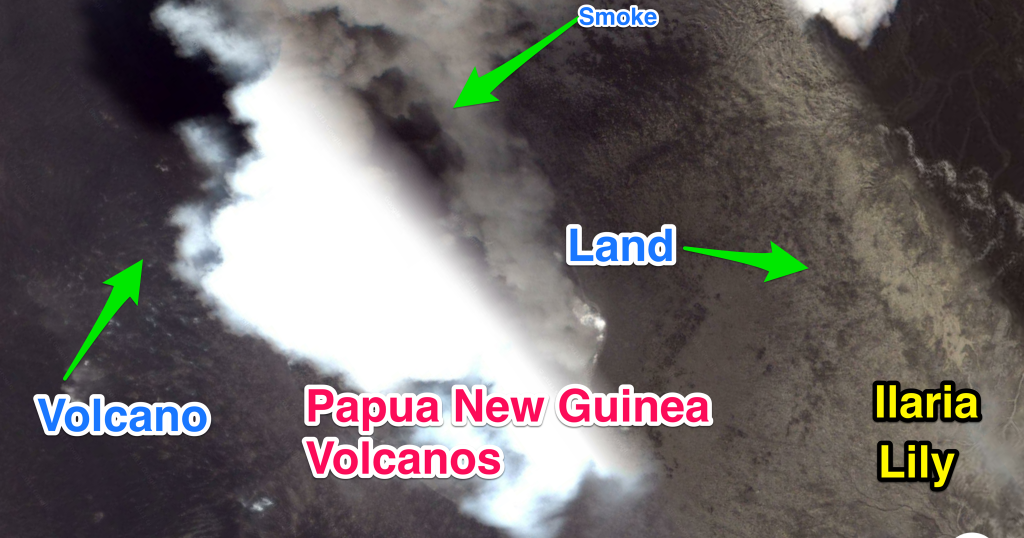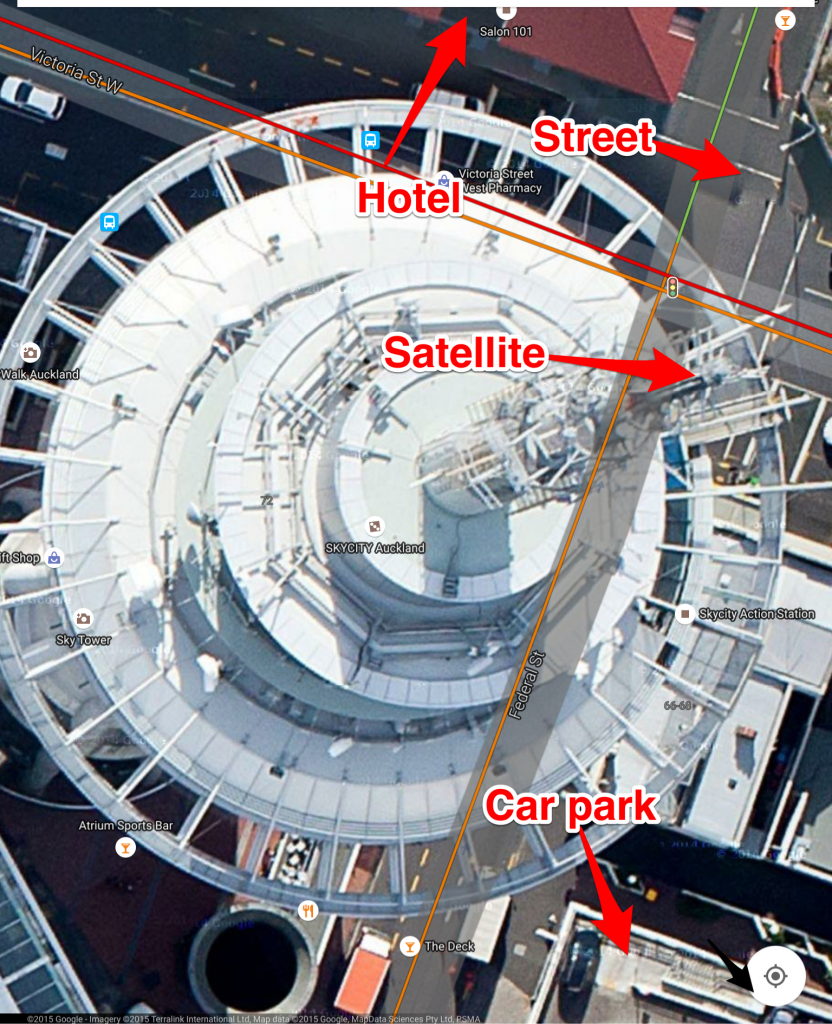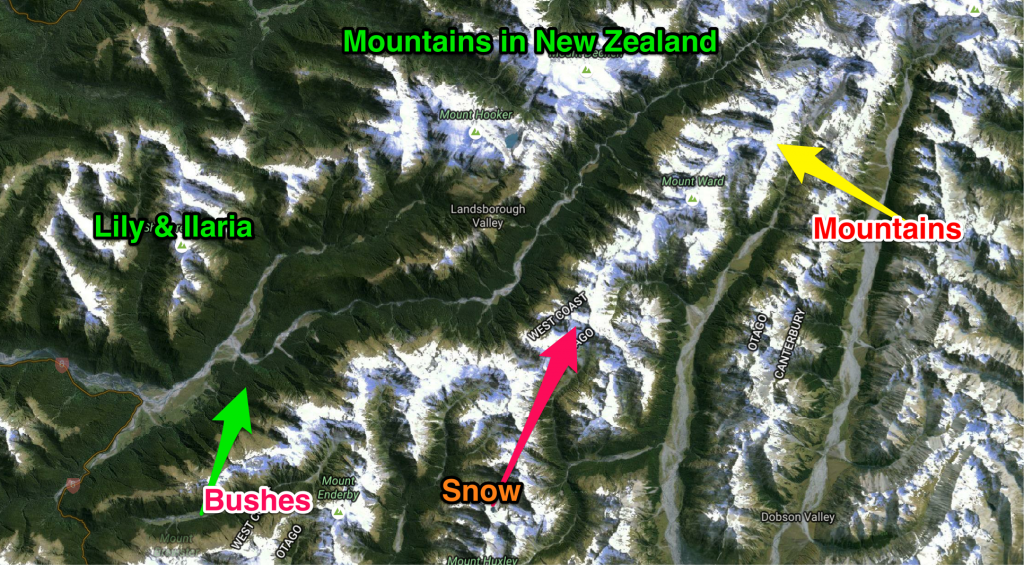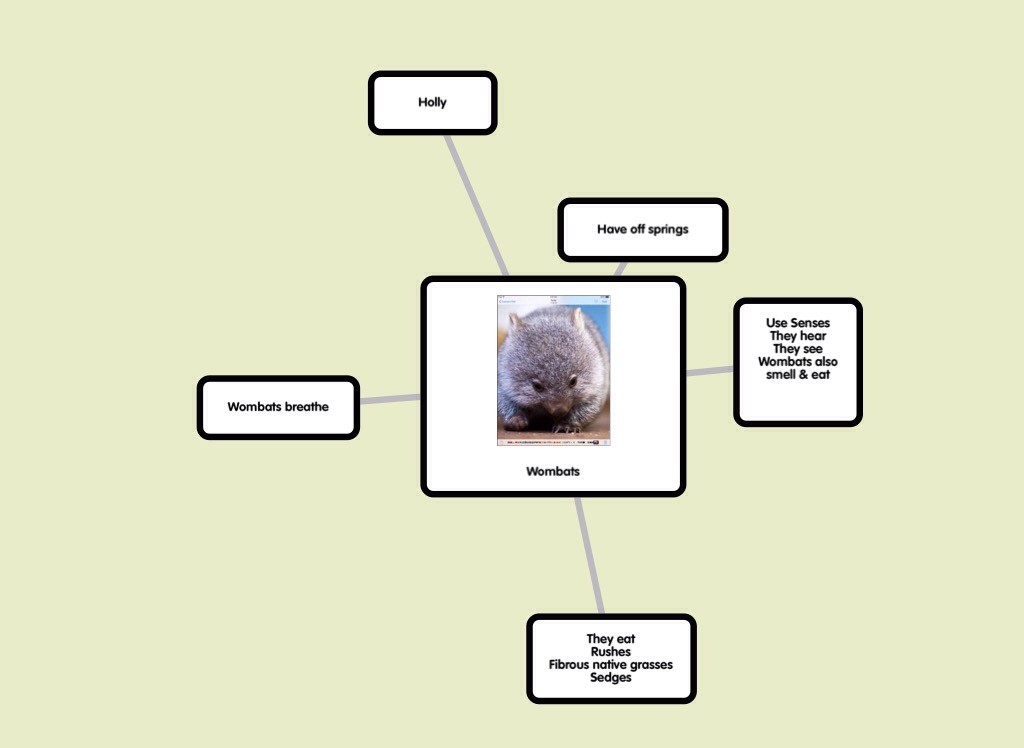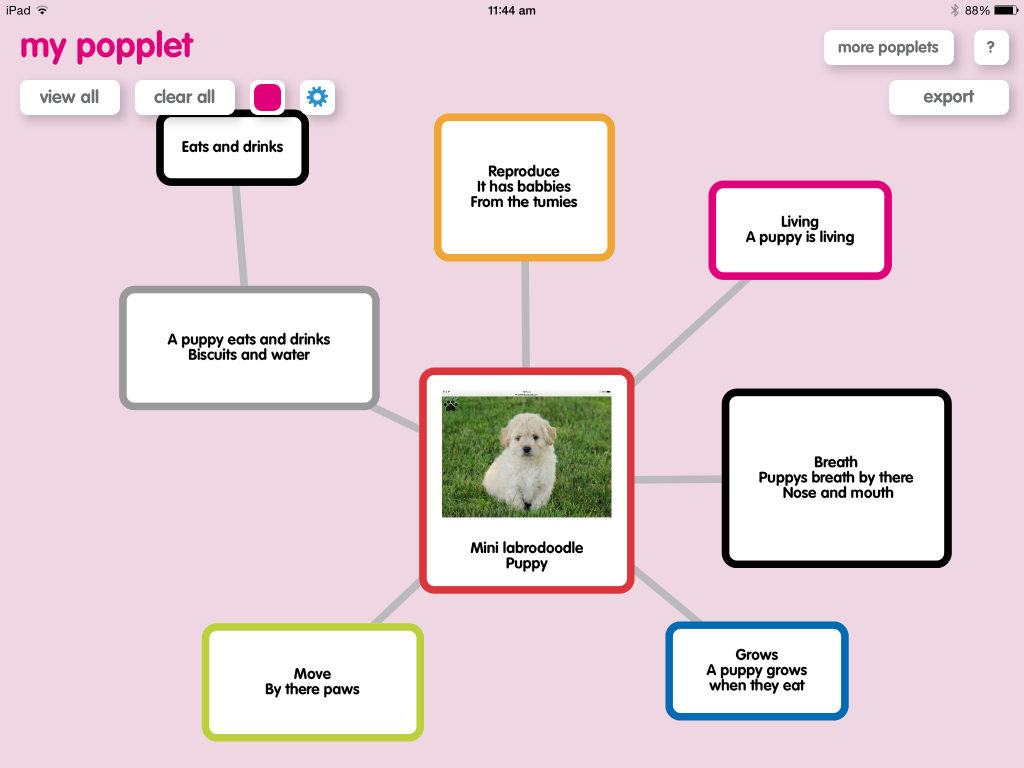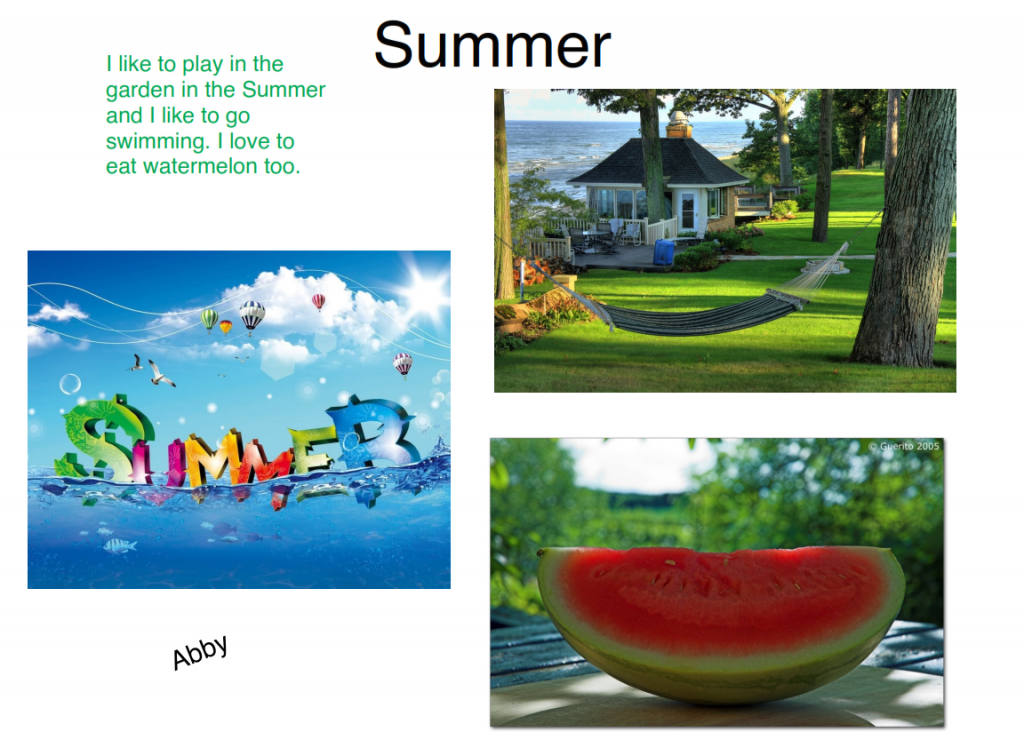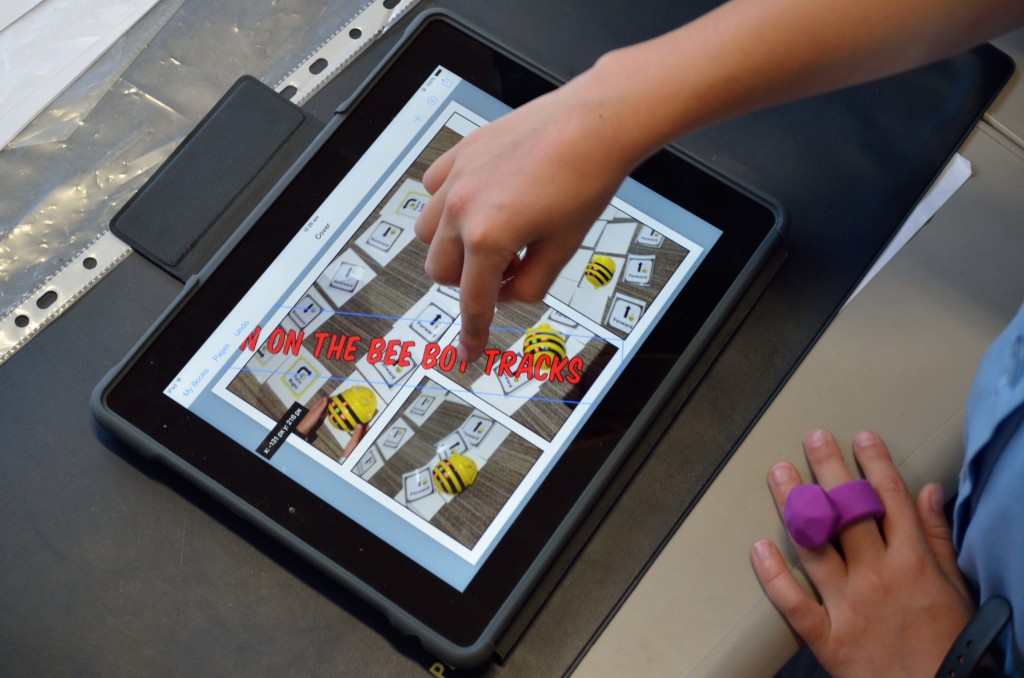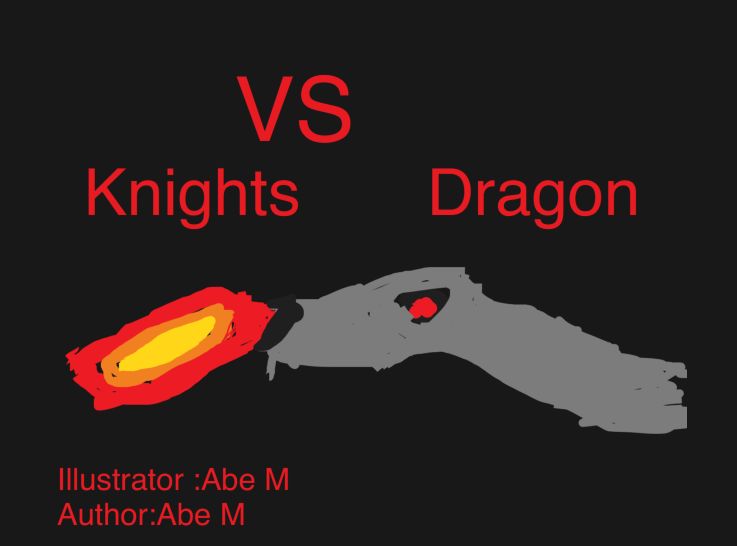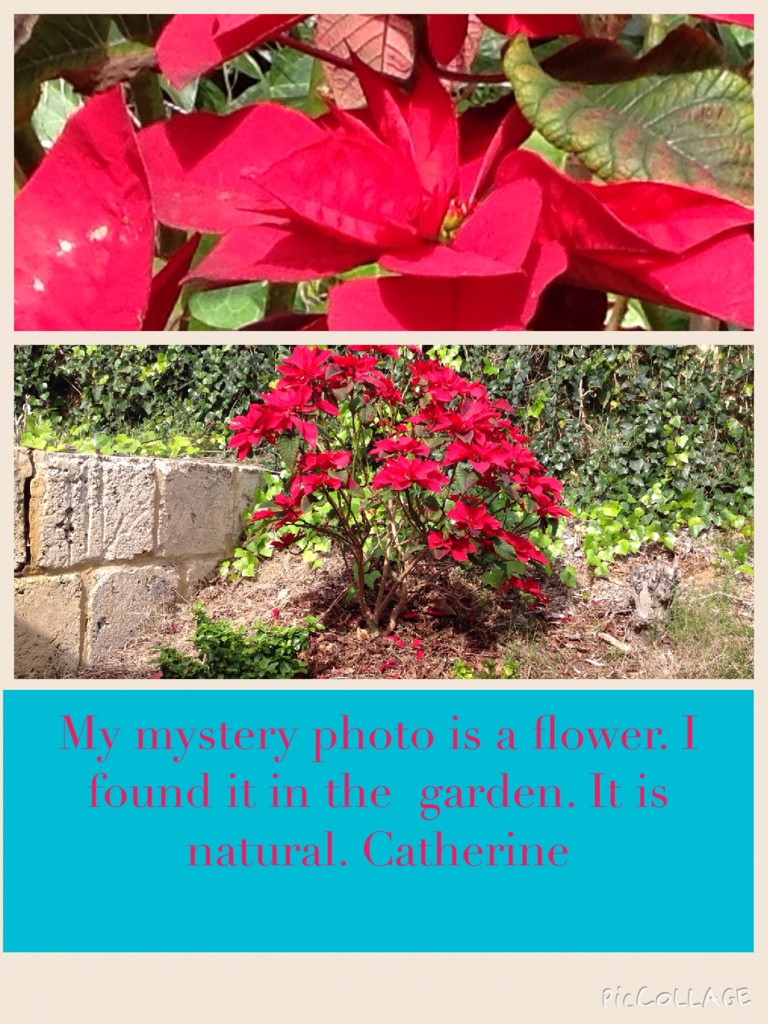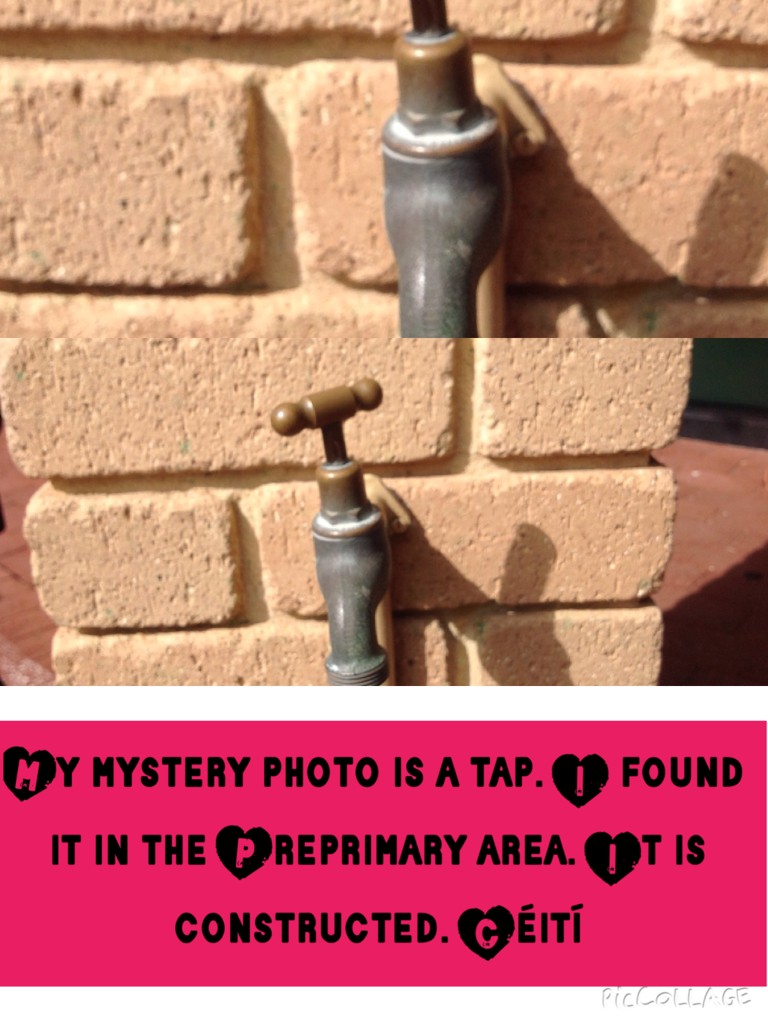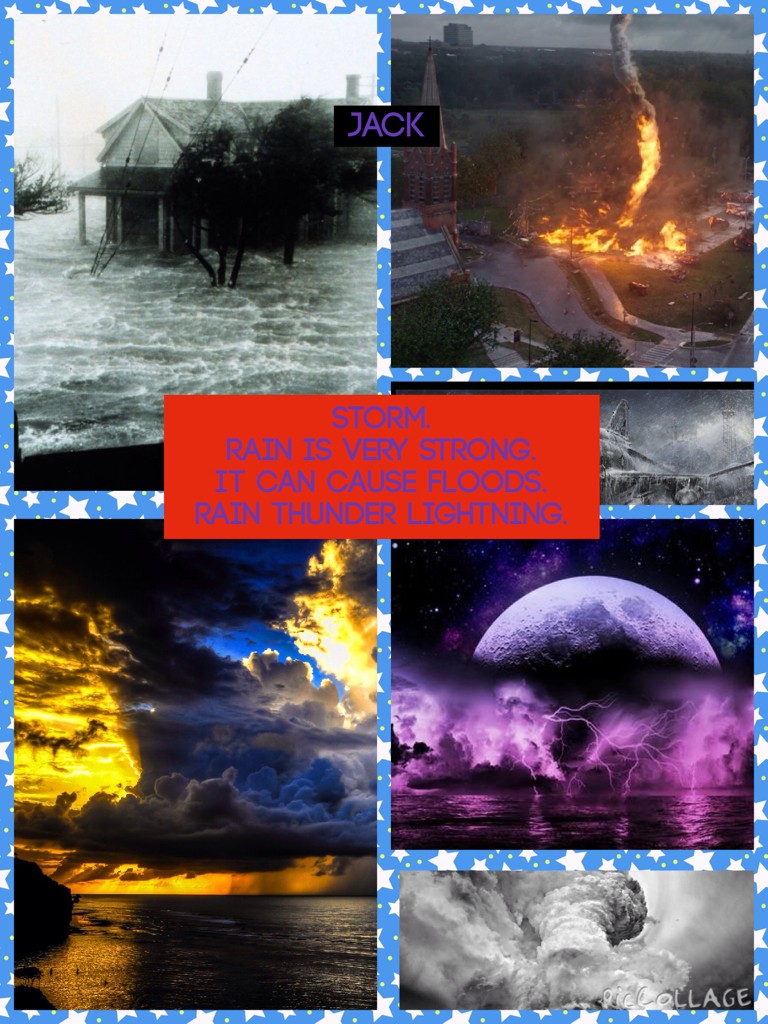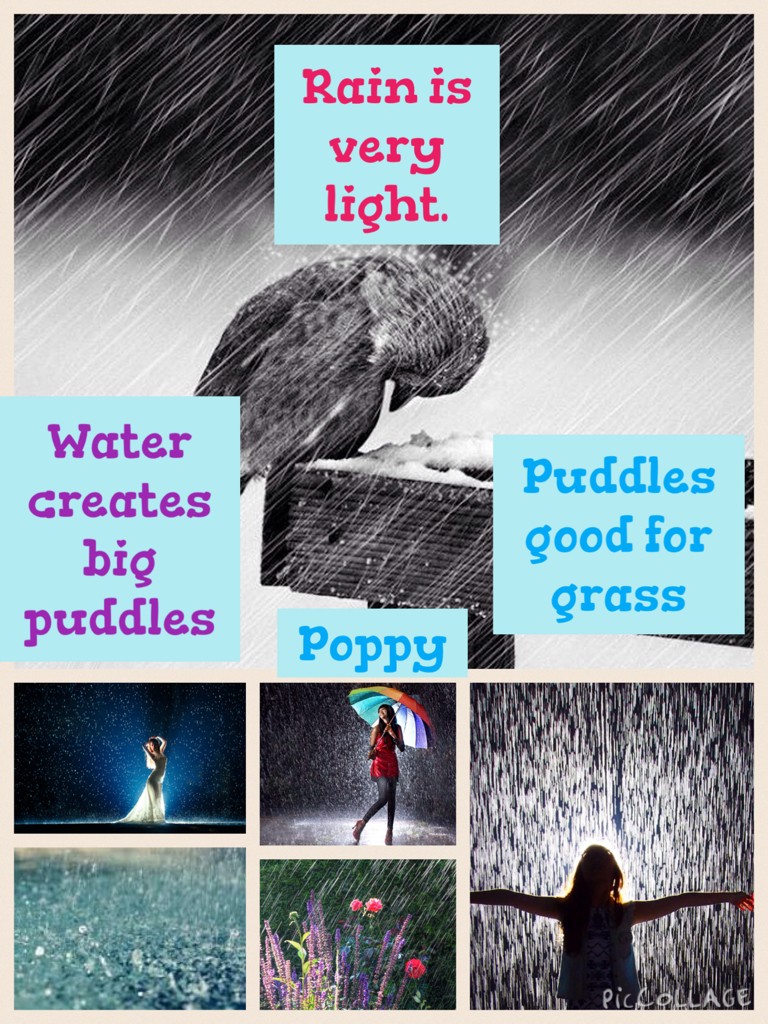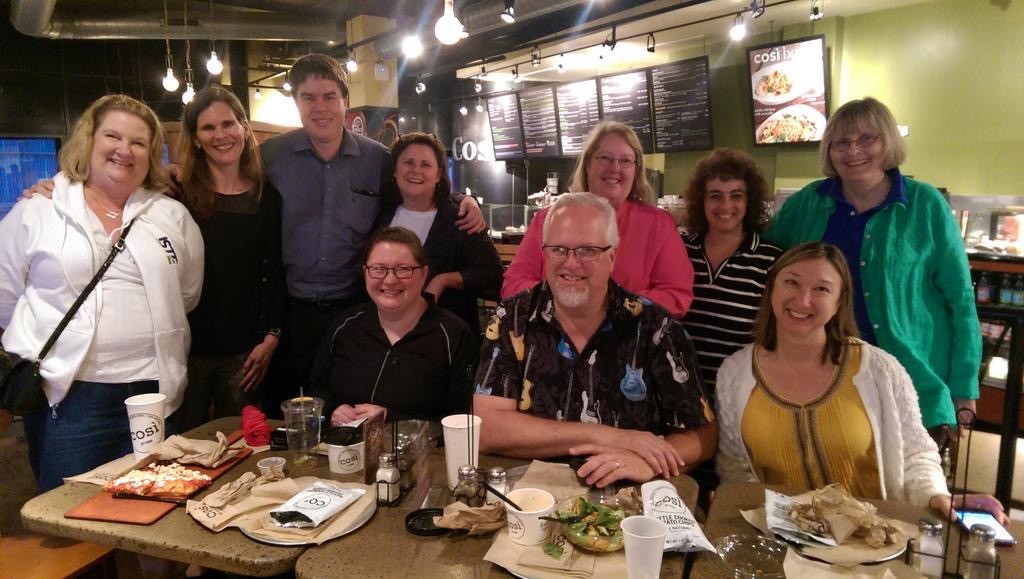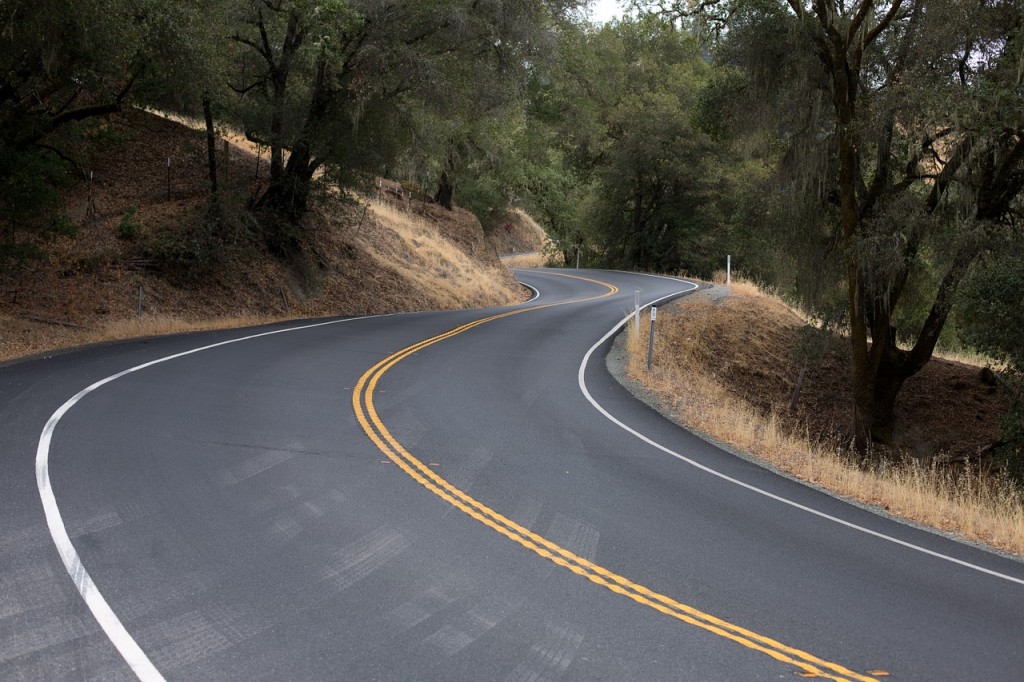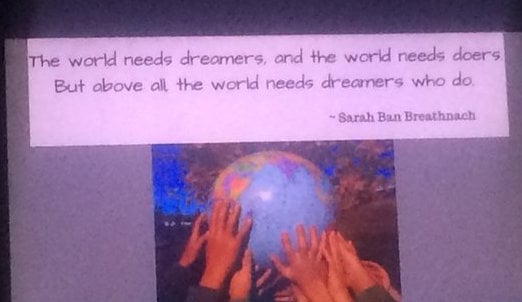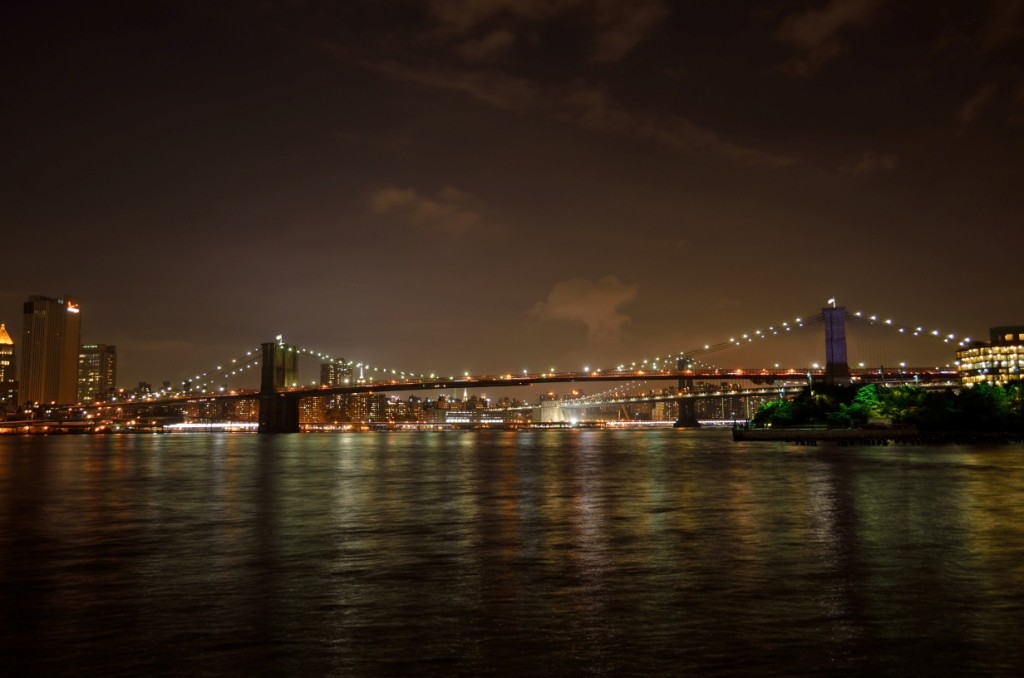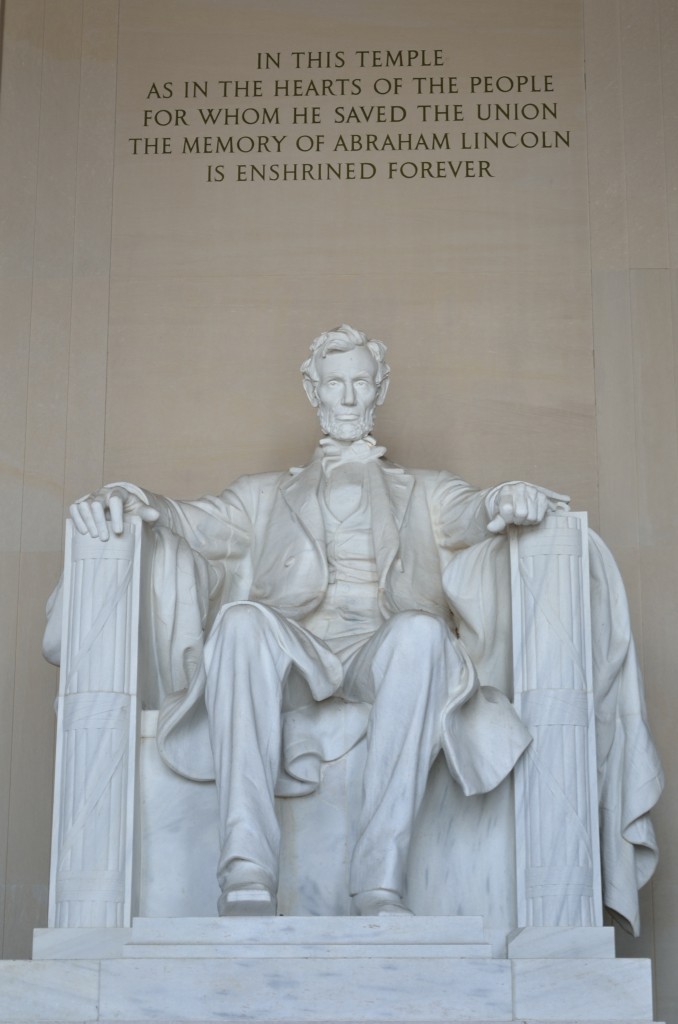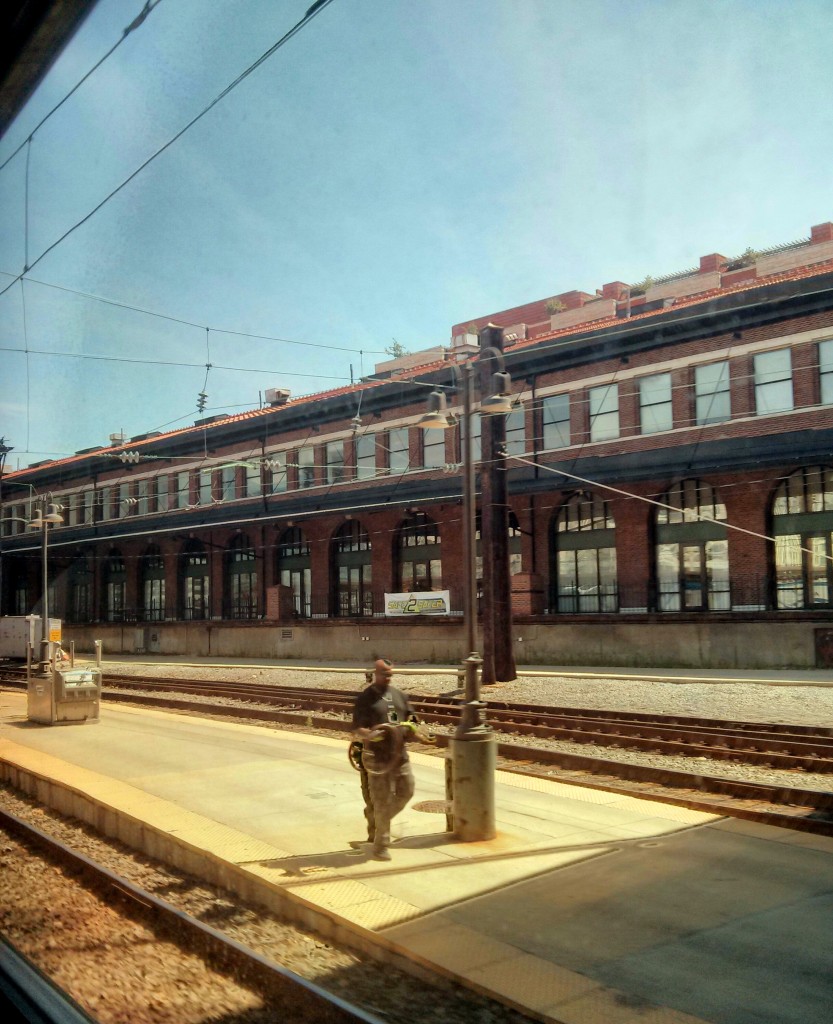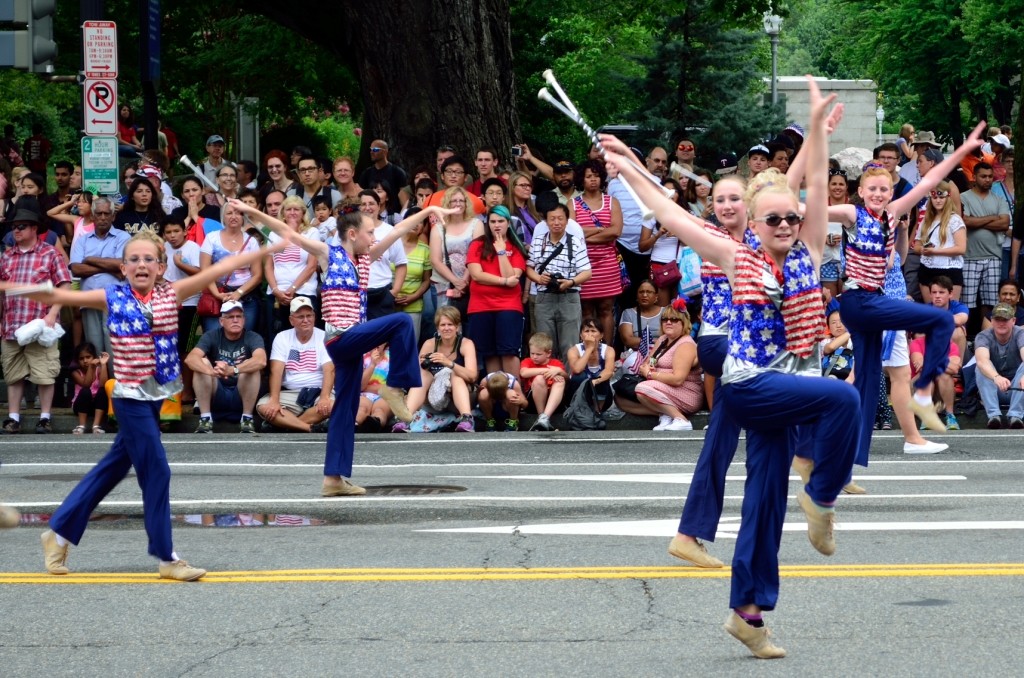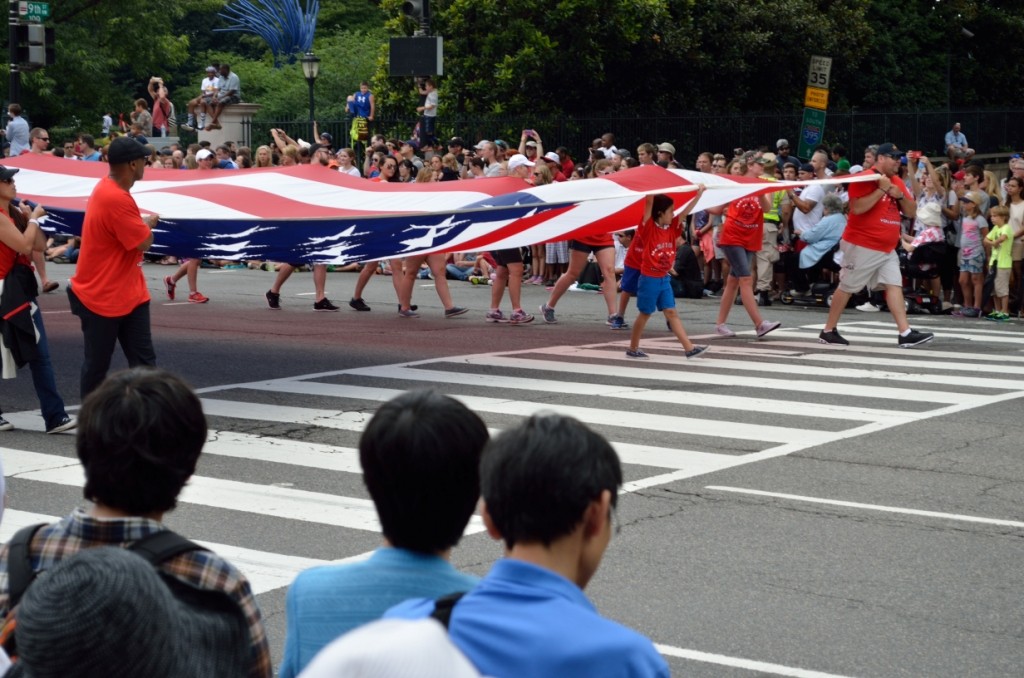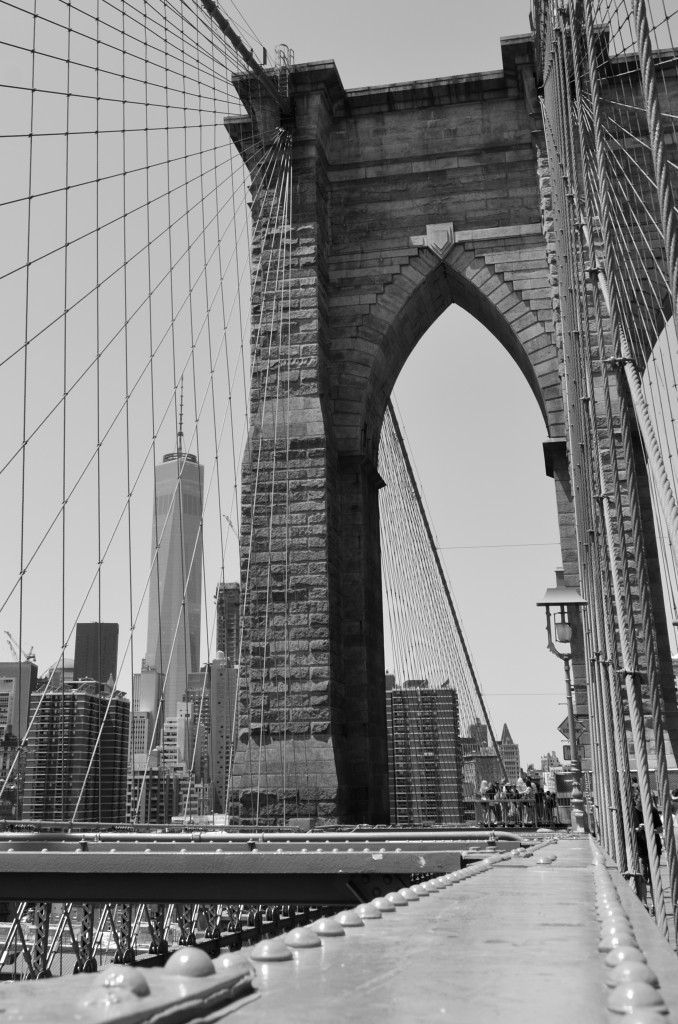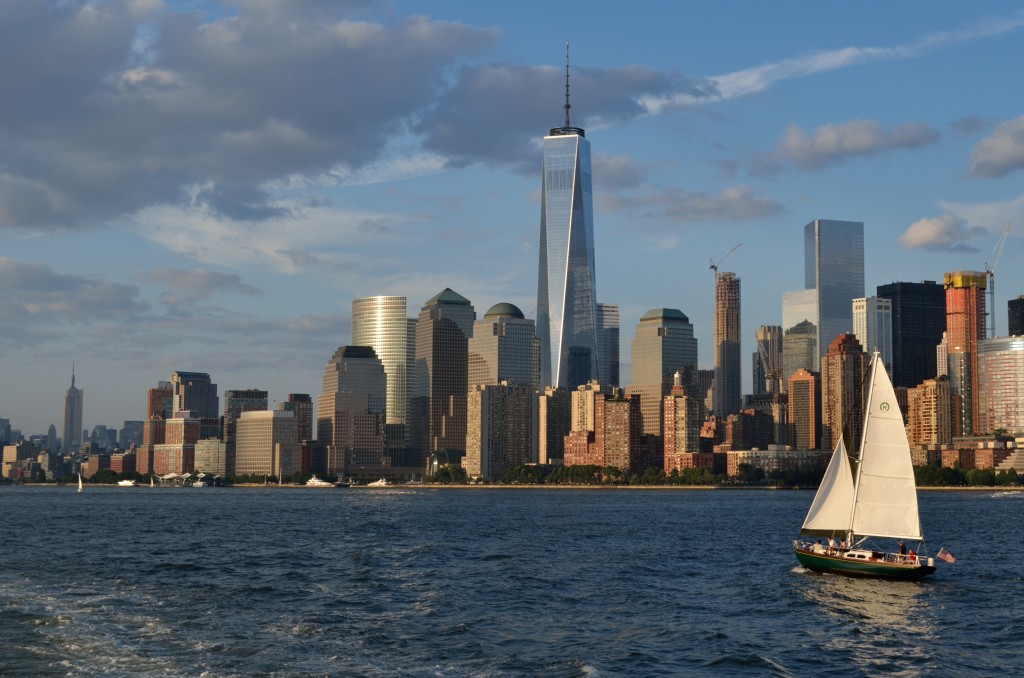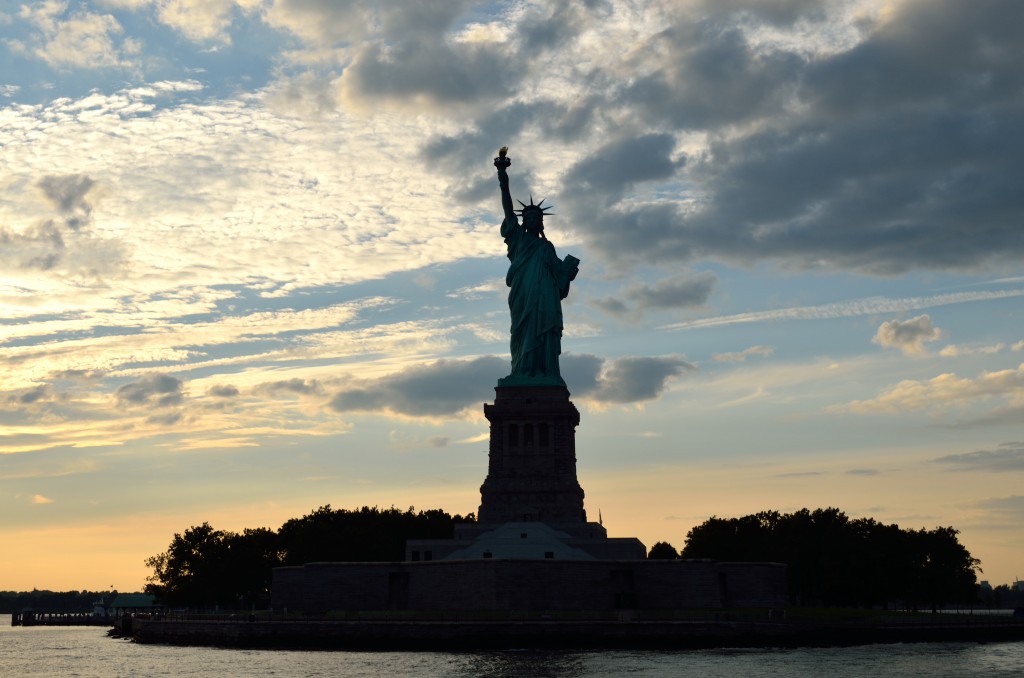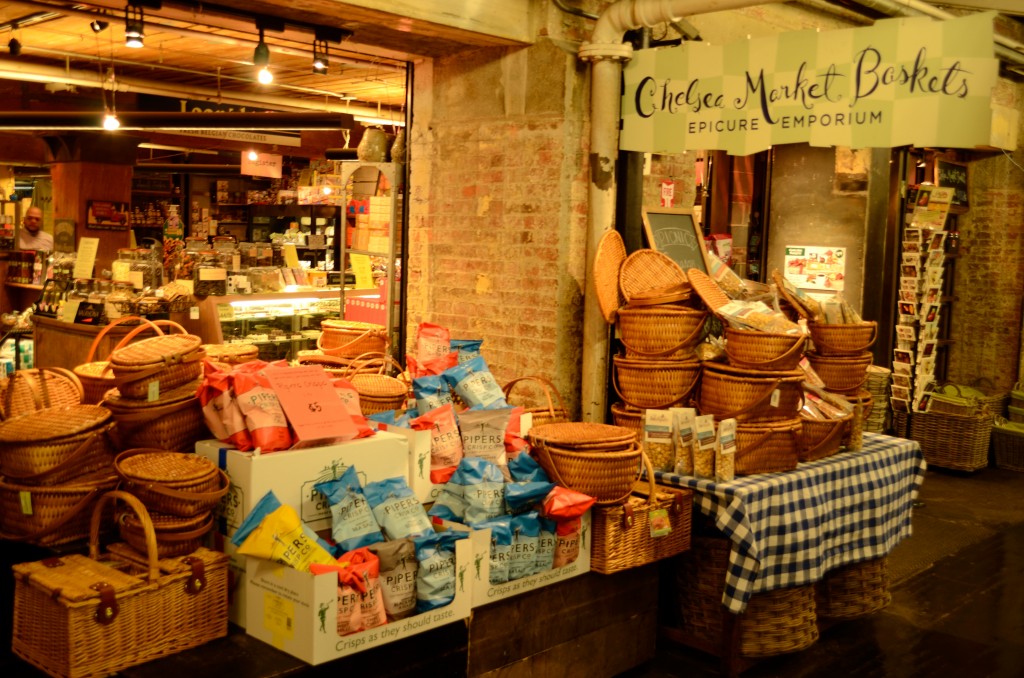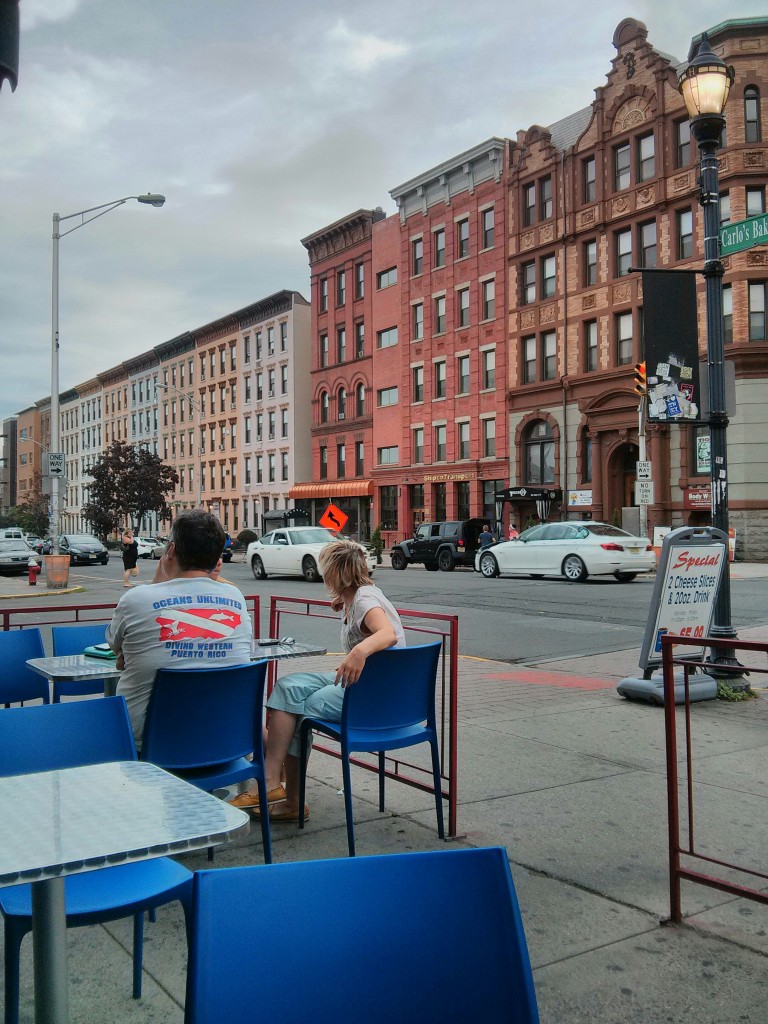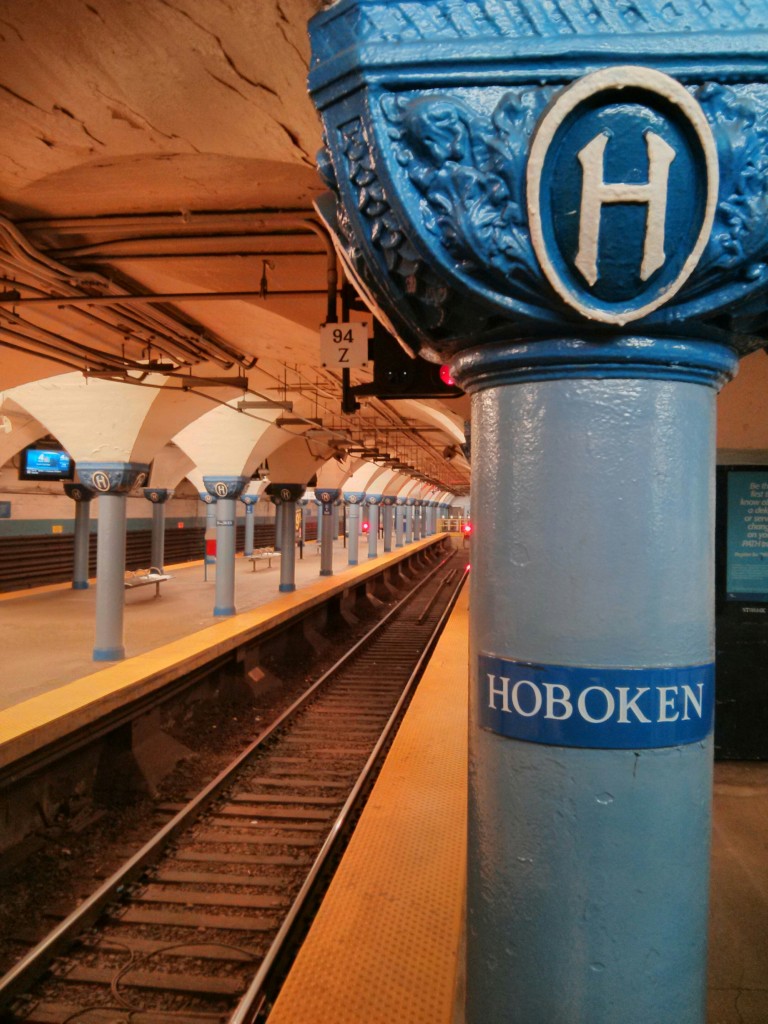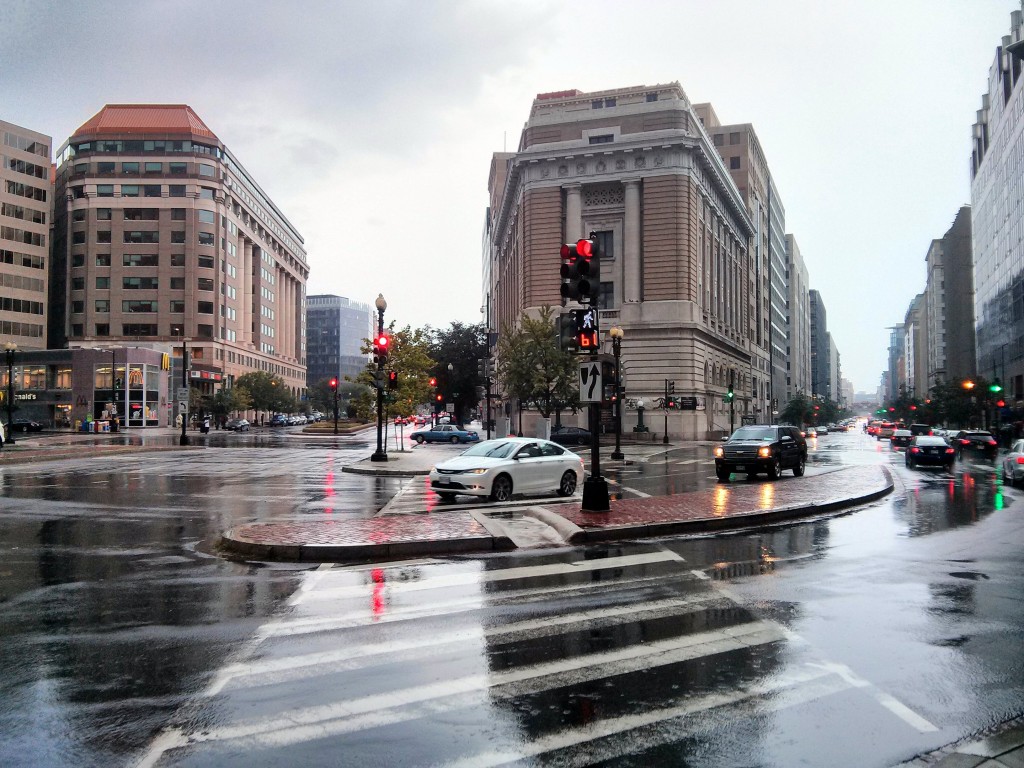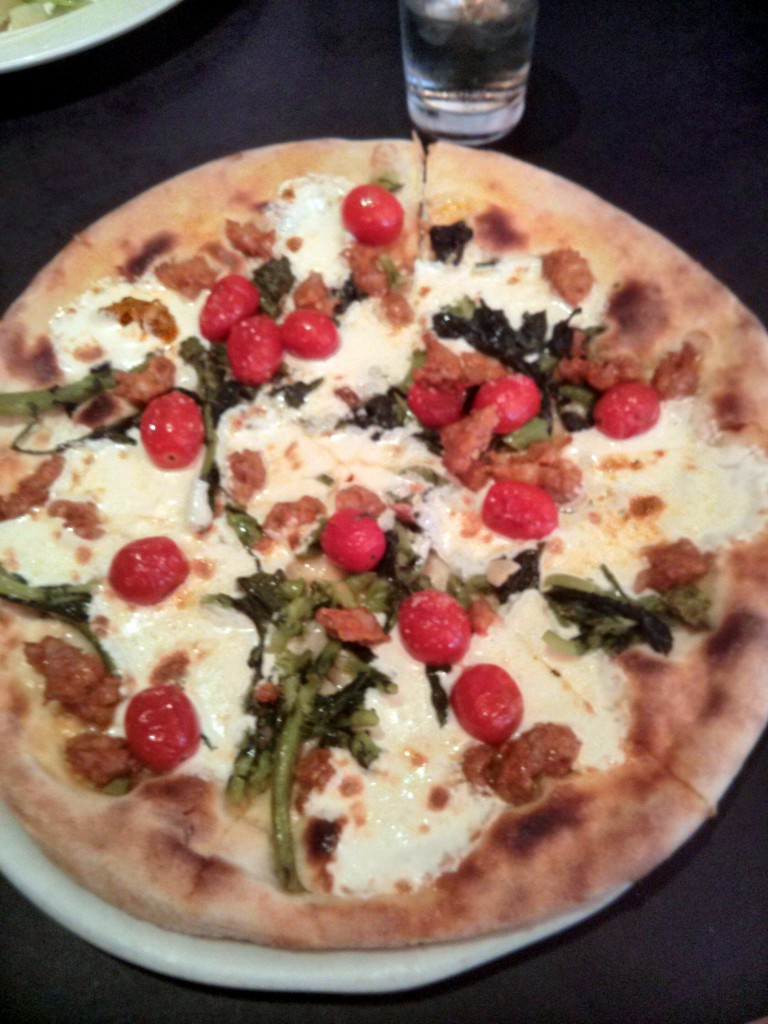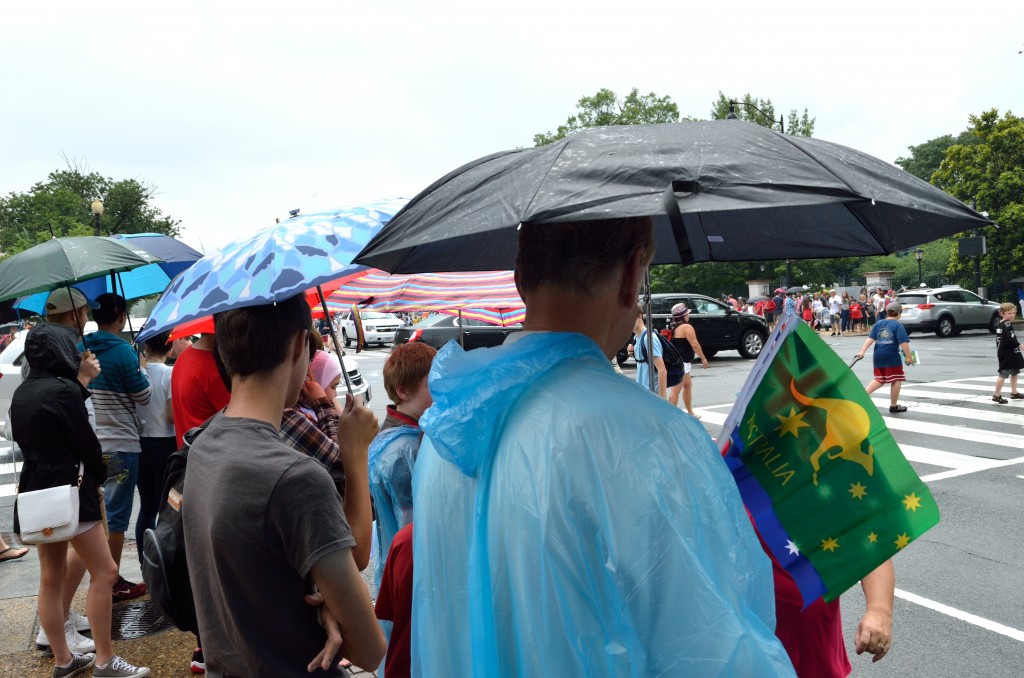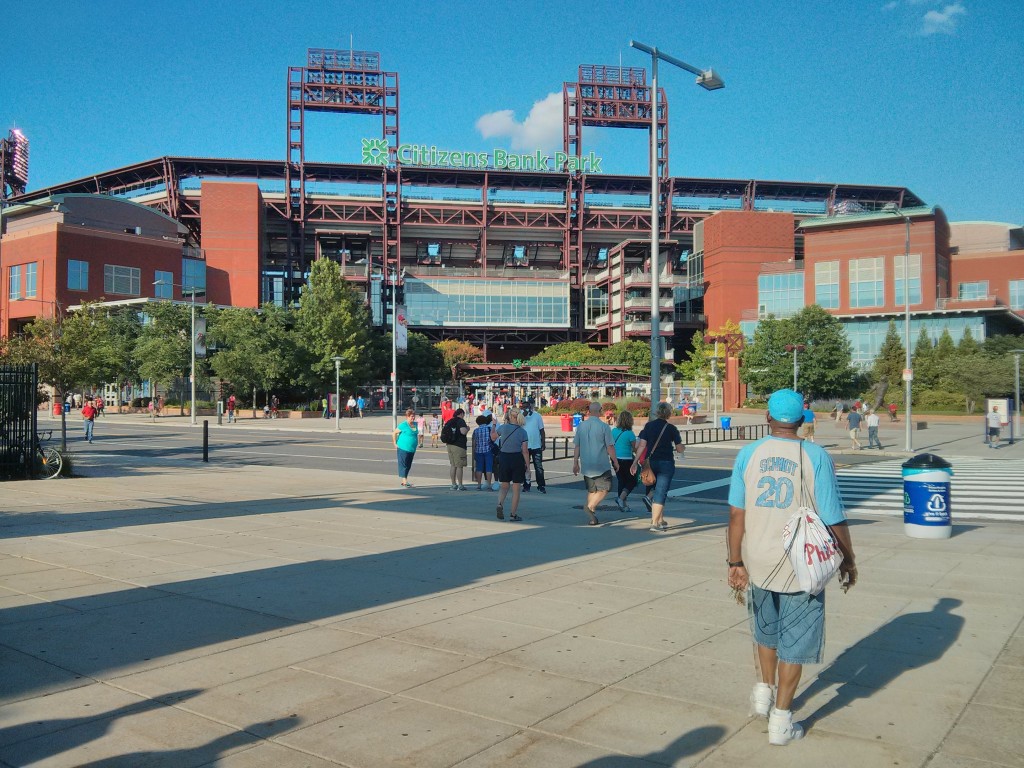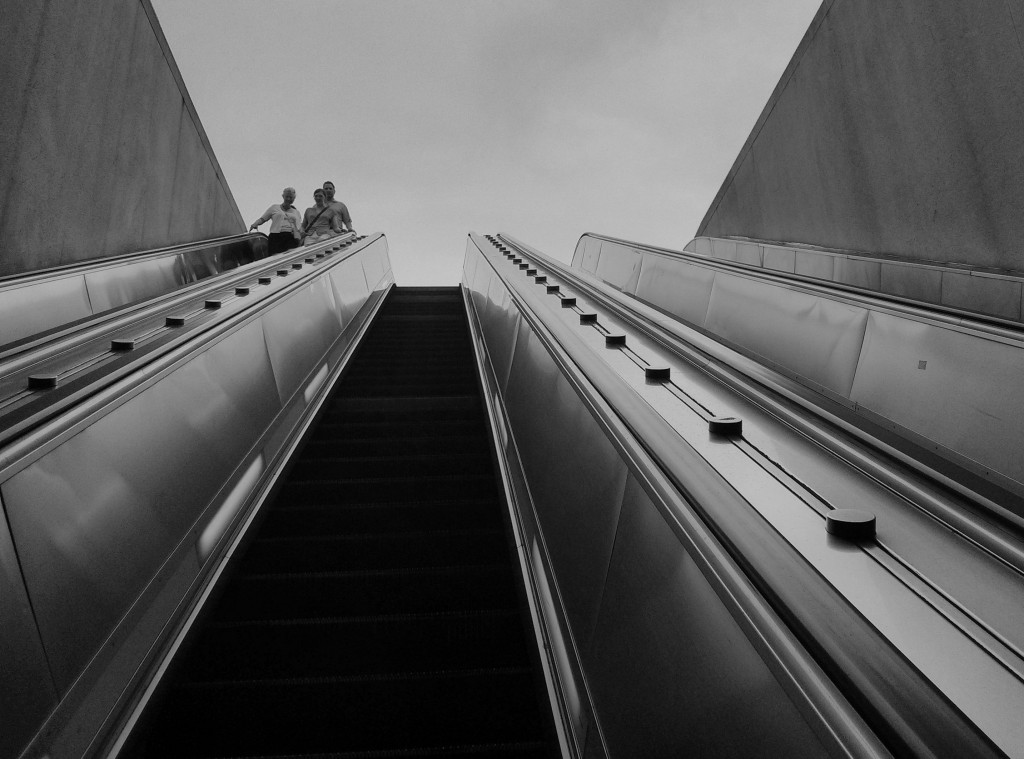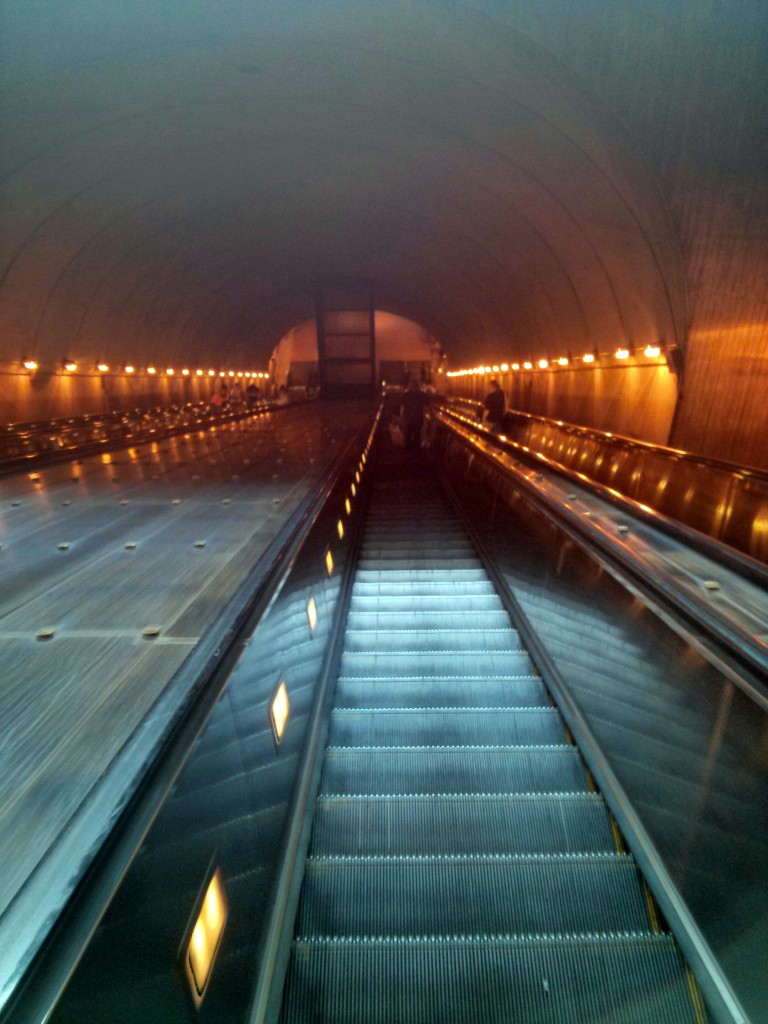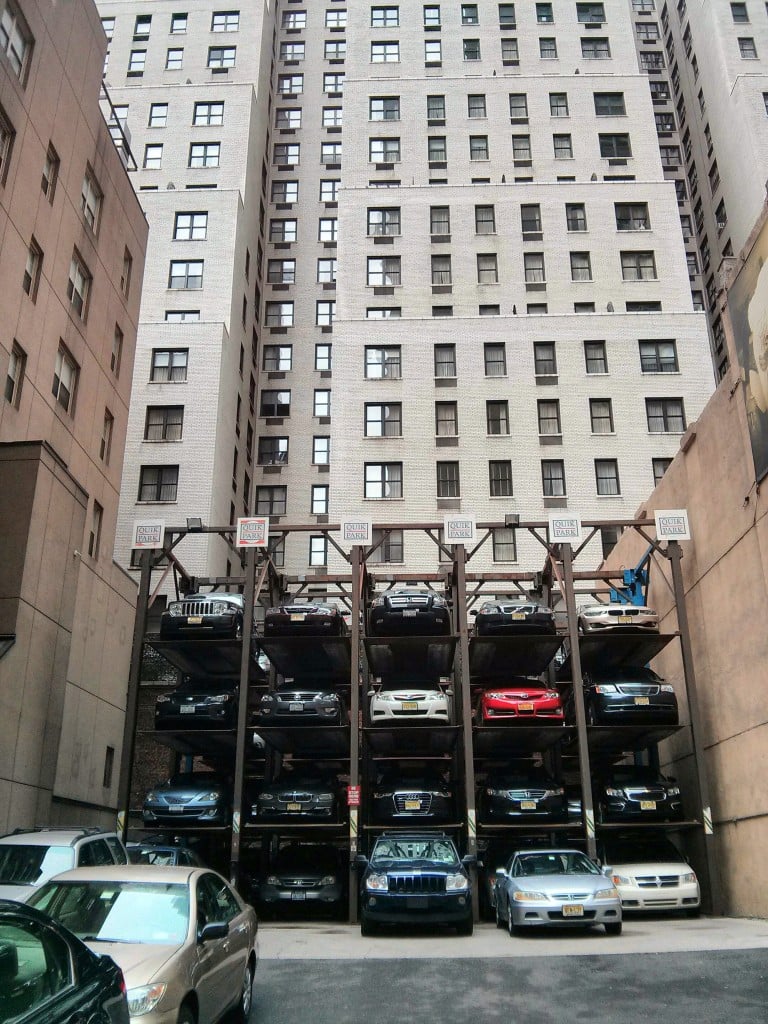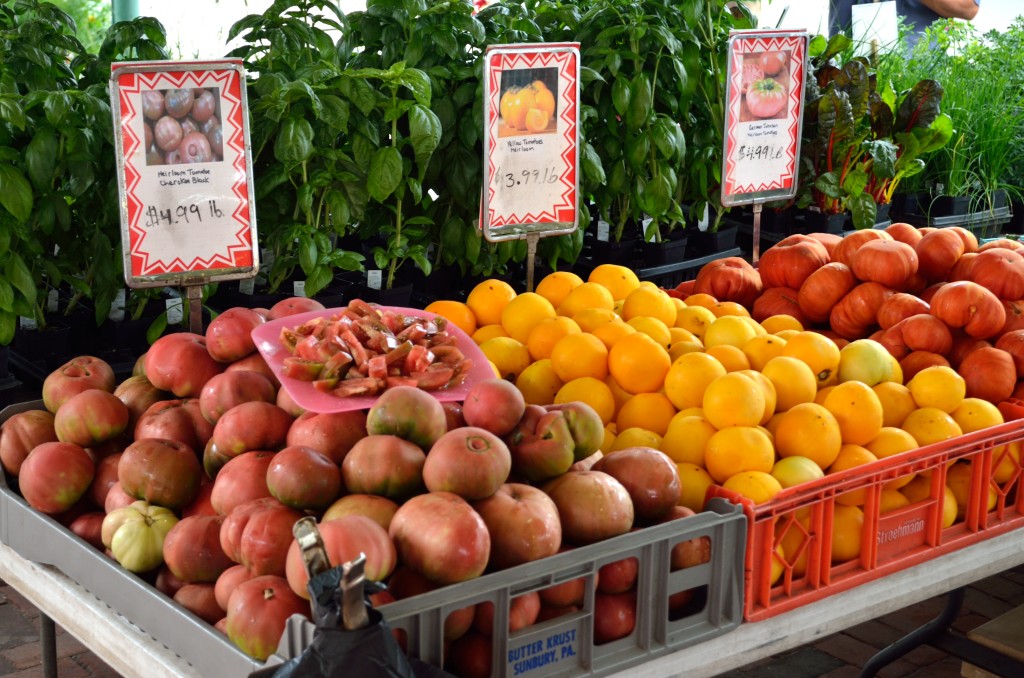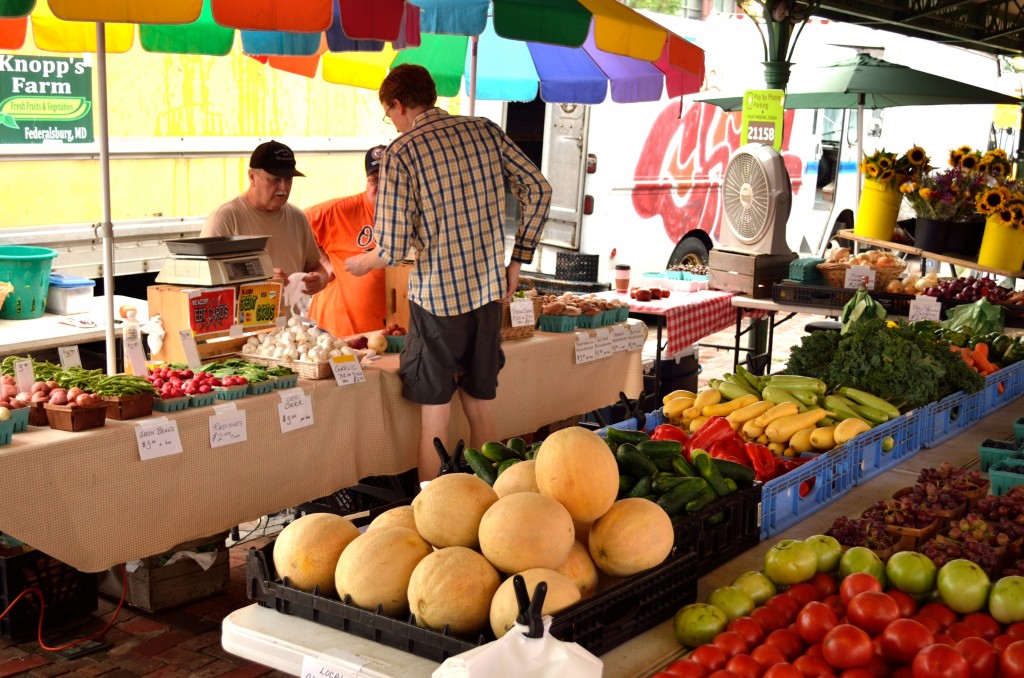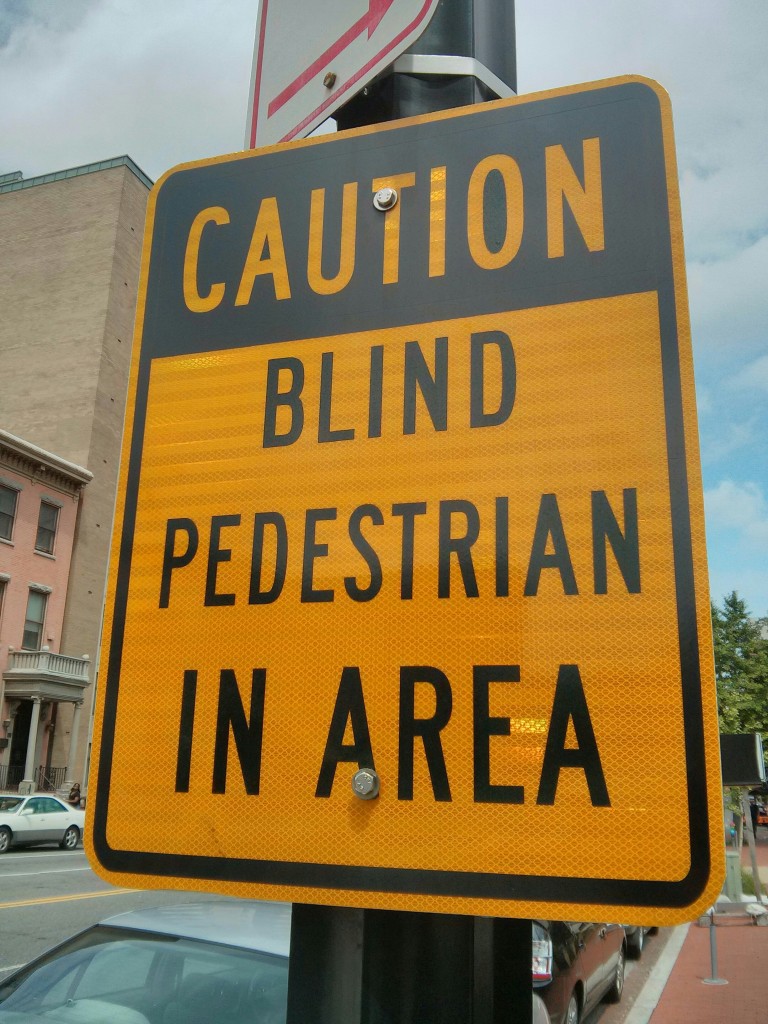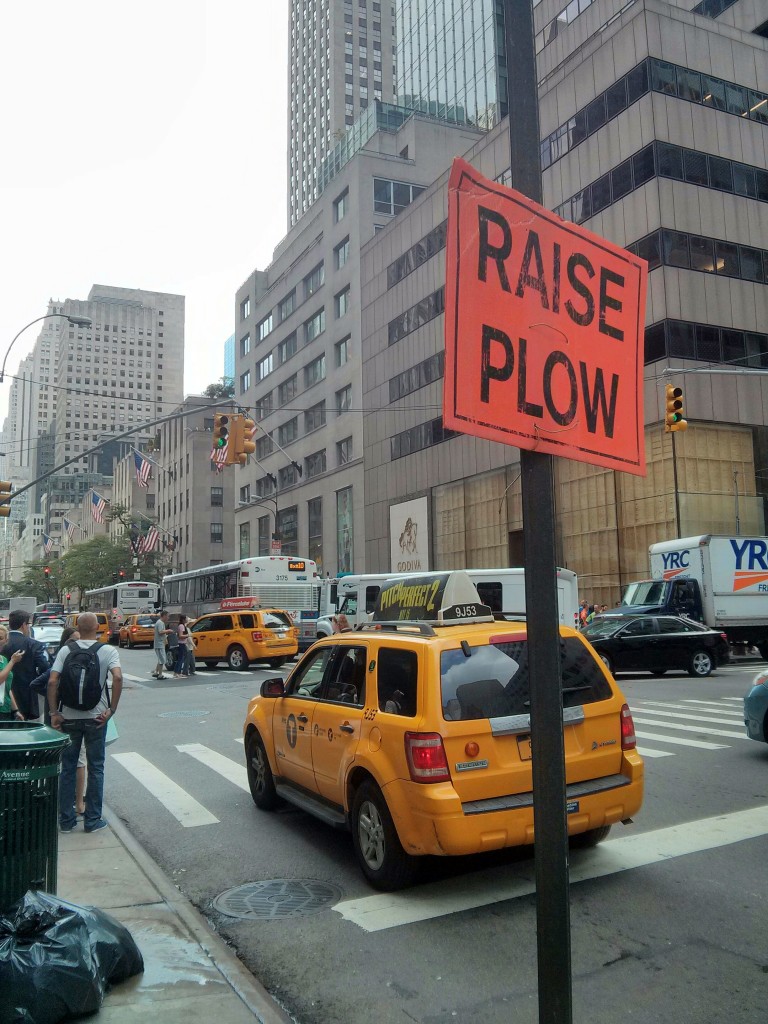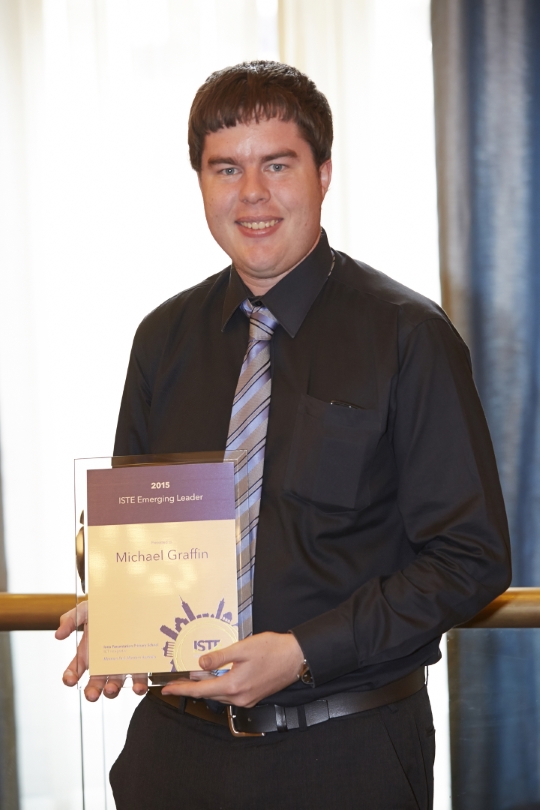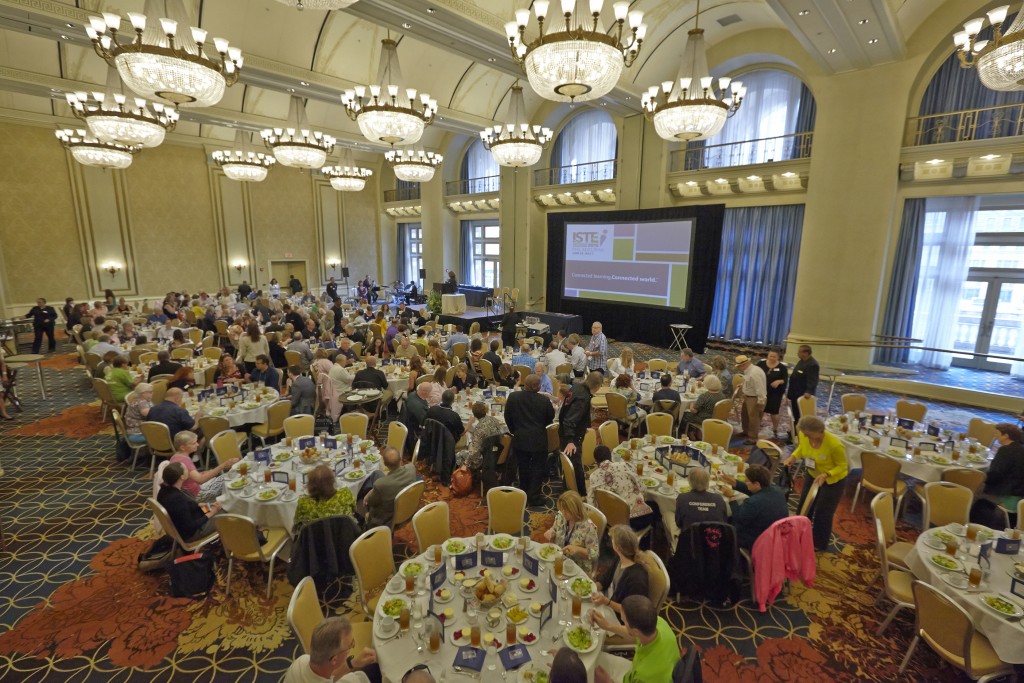Bringing Geography to Life with Google Maps & Skitch
There are times where a chance remark can lead to amazing learning outcomes. The use of Google Maps and Skitch in Year 2 and 3 Geography was one of those occasions …
A conversation about mapping skills led to a suggestion that we take a risk, and see if we could integrate Google Maps (which I know and love) and Skitch (which I’d never used with students) into my colleagues’ Geography unit. We soon had four excited teachers, and some incredibly excited students, learning about “bird’s eye view”, “street view”, voice navigation, and labelling maps with Skitch.
We gave a brief demonstration of how to use Google Maps (looking up our school), and then let students play – looking for their homes and local neighbourhoods. They loved the Voice Search feature, although some soon realised they didn’t actually know their home address … ! Others were a little frustrated that Google apparently didn’t understand them! We also encouraged them to explore Google Street View, and the photos that people upload to Google Maps and Earth.
We then asked students to take screenshots of the map, and gave them a basic introduction to the Skitch annotation tools. In Year 2, students annotated maps of their homes and neighbourhoods. In Year 3, students explored, and annotated photos of the natural and built environments in Papua New Guinea. These are some of the results! (Note: some slight edits / cropping to remove street names).
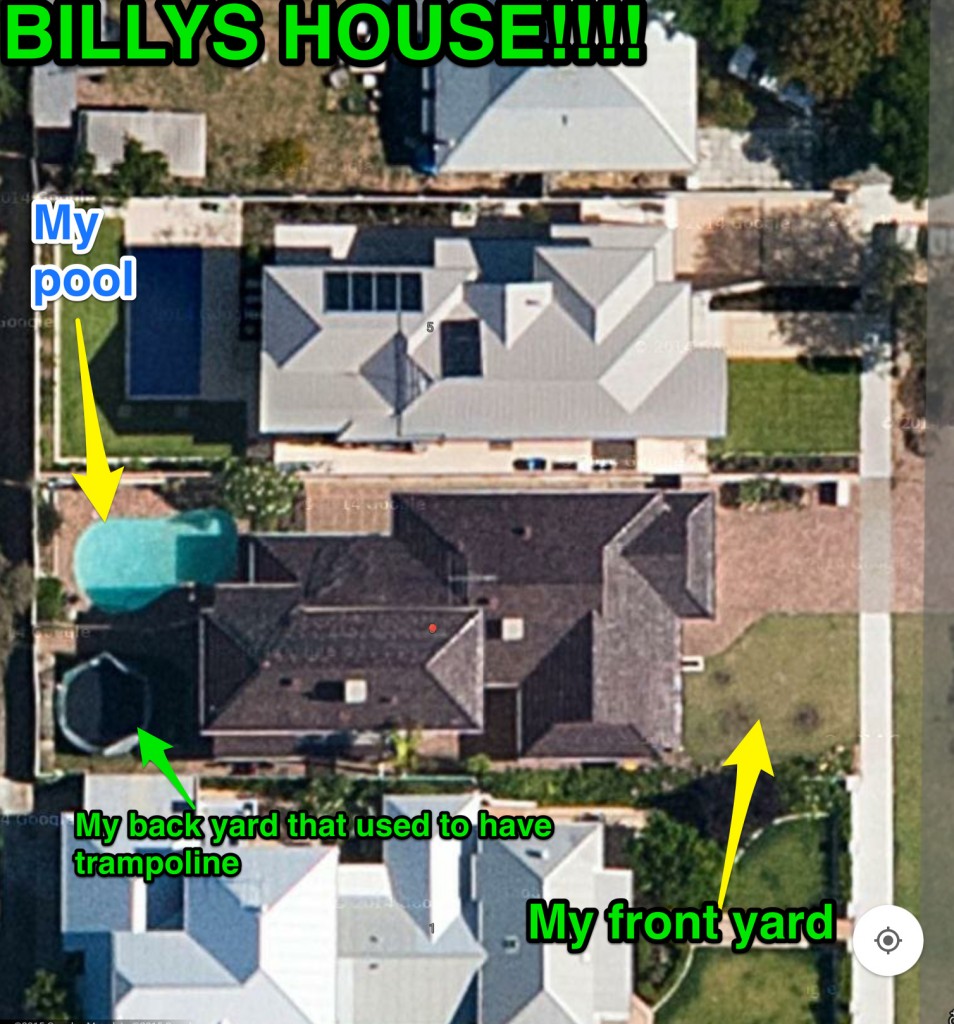
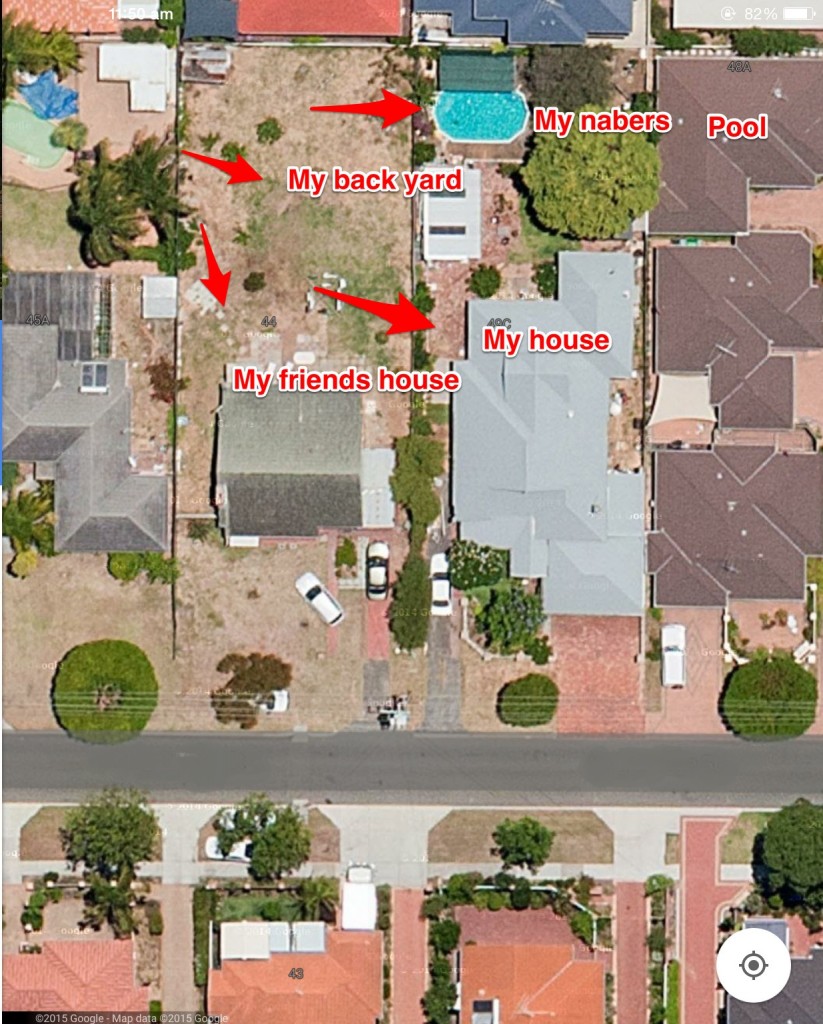
Exploring Papua New Guinea
Next Steps
We were blown away by how quickly our young students learned how to use Google Maps and Skitch, and just how powerful a tool it can be for teaching Geography concepts. We will definitely use it more extensively in the coming school year, possibly in Maths (directions), Science, and Geography.
Please share how you use Google Maps and Skitch in your classes in the comments below!
Experimenting with Popplet in Year 3 Science
For those who have never heard of Popplet, it is a nifty brainstorming / concept mapping iPad app. While covering a Year 3 science class last year, I asked my students to have a go at using it to describe characteristics of living and non living things. These are some screenshots of the results.
I know this is barely scratching the surface of Popplet’s potential, and it is on my list for exploring further this year. If you use Popplet, or know of some great Early Childhood examples, would you mind leaving a link in the comments? I’d love to show my colleagues. Thanks 🙂
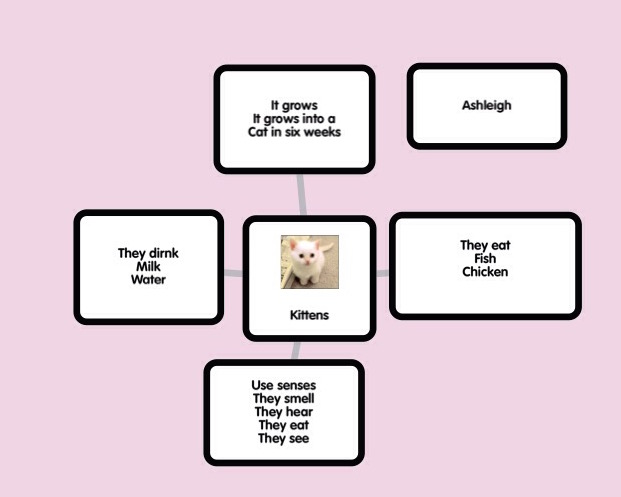
Teaching, Learning, and Publishing with the @BookCreatorApp!
Last year, working in a new ICT coaching role, I was determined to introduce our Early Childhood teachers to just a handful of creative iPad apps which they could use across a range of learning areas. We started with Adobe Voice, moving on to Pic Collage, Skitch (in Year 3), and Book Creator.
It is no secret that I am a huge fan of Book Creator – it is an integral part of my new iPad Creative Challenge workshop, which I took to ISTE 2015. I am also lucky enough to be a Book Creator Ambassador, helping to inform its future development.
Over the course of the year, we experimented with the different features of the Book Creator app at a variety of year levels. In Year 1, we used it at the start of the year for Online Safety activities, where students drew pictures of safe online behaviours, and made audio recordings of their learning. I blogged about this in April 2015. As the year progressed, our students and teachers learned how to import photos and videos, how to draw their own illustrations, and make use of the brand new comic book formats!
In Year 1 (Term 4), students worked in pairs to create a Book Creator page showcasing their favourite season, typing a sentence about why they liked it. They uploaded their creations as PDFs to Dropbox, renaming the files with their names for easy identification (and adding their first name to the page). Their teachers then printed them off for classroom display.
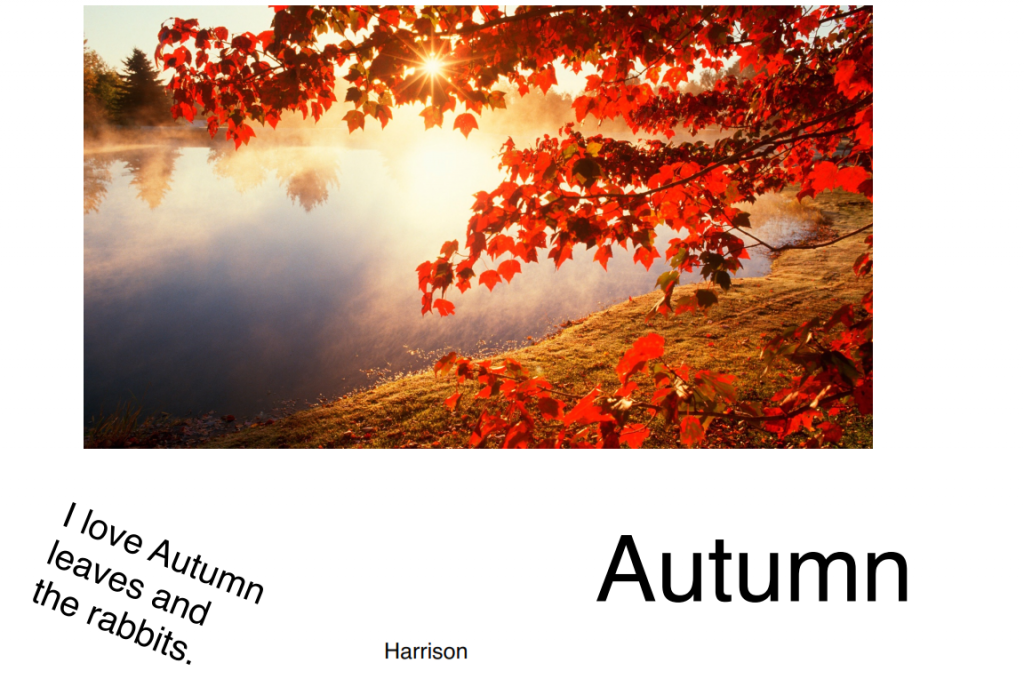
In Year 2, students used the latest (comic strip) version of Book Creator to share their learning with BeeBots. They imported photos, videos, and made (some rather entertaining) audio recordings. I am planning to write another post on this, so I’ll only share a few pictures and one video here!
In Year 3, one of our best, although somewhat time consuming activities, was a writing project, where students retold a fable and drew the illustrations in Book Creator. It took a little longer than we’d expected, and not everyone finished; however, I think the results are well worth sharing! Click on the links to download as PDF.
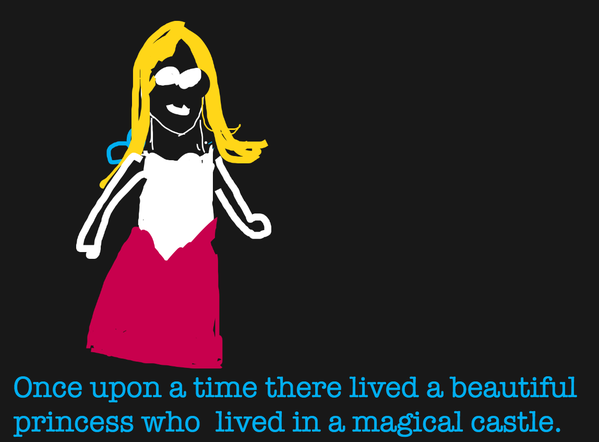
Looking Ahead
2015 was very much an experimental year for our Early Childhood teachers and students. Now that most of our students are familiar with the use of Book Creator, I am confident that they will continue to surprise us with their creative works and book publishing in the coming year!
If you’d like to learn more about how to use Book Creator, please see The iPad Creative Challenge wikispace.
Adventures with @PicCollage in Early Childhood
At #slide2learn 2014 in Sydney, an early childhood educator pulled me aside and said that my early childhood teachers would just “love” PicCollage. Unfortunately, I can’t remember who you were; however, I am truly indebted to you. …
Without question, PicCollage was the ‘breakthrough’ app for our early years educators. It was the first app they felt confident using independently, and it featured prominently on many classroom blogs over the course of the year!
In Year 1 Geography, the students were tasked with identifying features in their natural and built environment around the school, using PicCollage to record their findings.
As part of the Student Blogging Challenge, as an introduction to PicCollage, our students were asked to photograph & share their favourite parts of their school. We had students visiting the Art Room, Chapel, Library, Oval, and more. We taught them how to take photos, and the bare basics of PicCollage – with an expectation that they work it out for themselves. They did so with gusto, discovering features of the app that I hadn’t realised existed.
Later in the year, the Year 2 teacher decided to integrate PicCollage into her poetry unit. We taught the students how to use Google Image Search by License to find Public Domain images, and they created amazing PicCollage Haikus for the Open Night displays. They looked fabulous!
Thoughts and Recommendations
PicCollage, or the ad-free version PicCollage for Kids, is a simple, yet powerful iPad app which can be integrated into almost any learning area. Students can use it to document their learning, and once you’ve taught them how to share their collages (via AirDrop / Dropbox / Google Drive), they can be very easily printed for classroom display, or posted to your classroom blog. I’d especially recommend PicCollage for teachers starting out with iPads / mobile devices.
2015: A Long and Winding Road
2015 was a memorable year, of highs and lows. It was a year of experimentation, exploring possibilities, and learning how to be a coach and change leader. I learned a lot, made plenty of mistakes, and am starting to feel more positive about my future.
2015 was the year:
- I travelled to the United States of America for the ISTE 2015 conference, where I gave three presentations, and met so many wonderful friends and educators from all over the globe.Among renegades, boundary pushers, innovators … I felt at home. ISTE has to be one of the greatest highlights of my professional career so far.
- I was recognised as an ISTE Emerging Leader, an award I am forever grateful for. Ironically, being only the fifth or sixth Australian to be recognised by ISTE has a significant disadvantage – in that most Australian teachers and school leaders I meet (who aren’t on social media) have absolutely no idea what ISTE is, and what this award stands for.
- I graduated from Notre Dame University with my Postgraduate Certificate in Religious Education, bringing to an end 1.5 years of part-time postgraduate study.
- Later in the year, I completed the requirements for my “Accreditation to Teach Religious Education”, which will enable me to continue teaching in the Catholic Education system.
- In October, after nearly seven years, I became a fully registered teacher in Western Australia. Those currently going through the registration process in line with the Australian Teacher Standards will know just how much work goes into this!
- I started to explore new learning opportunities in maker education, robotics, and STEM.
- I learned a great deal about leading change within a school community. Perhaps the most important lesson being that teachers learn in a variety of different ways.
What’s been happening with #ipsict?
My new role this year was to work as an ICT integrator / coach, to support teachers’ professional learning with ICT and digital technologies. It was at times exhilarating, surprising, tumultuous, and challenging. Looking back, I see a lot to celebrate, and an opportunity to learn from my mistakes.
Introducing Digital Technologies & the Makerspace
We began exploring new avenues for engaging girls in ICT and digital technologies, with a particular emphasis on coding and robotics. The more I throw at my girls, the more they come back and surprise me.
- This year, we introduced (i.e. took a deep breath and played with) BeeBots and introductory coding apps in Early Childhood; and started to explore the deeper possibilities of Scratch in upper primary. I was blown away by my students’ enthusiasm, problem solving, collaboration, and learning. One of my more memorable moments was sitting down with a Year 5 girl and basically asking “how on Earth did you do that in Scratch?”
- The librarian and I started building our makerspace in our library, catching the attention of local university education researchers and the Catholic Education Office of WA. We have big plans for next year – watch this space!
- I established our Digital Captains leadership positions, working with two Year 6 ‘digital leaders’ to test new robots, lesson ideas, and share our makerspace concept with the community at our Open Night – where they performed a robot fashion show! These two amazing students grew so much over the course of the year, and I look forward to following their progress as they enter high school next year. I have big plans for our next group of Digital Captains – next year will be interesting!
Establishing a new LEGO Robotics Program

In the Term 3 school holidays, I met the Engineering Outreach Coordinator at Curtin University, who roped me into judging the WA FIRST LEGO League Tournament, and generously loaned us two LEGO NXT robots.
In Term 4, we established a lunchtime robotics club with a group of Year 5 students, and applied for – and WON a FIRST Australia / Google robotics grant to set up our own robotics program. Next year, we will be taking at least one team of Year 6 students to compete in the FIRST Lego League competition! This has meant that my role will be evolving next year, as I will be leading the development of our new LEGO robotics extension program.
Looking Forward to 2016
2015 was, in many respects, a challenging year. Yet, I believe we have set a strong foundation for what is to come. As a school community, we’re moving forward … even if it is along a long and winding road.
Establishing a Student Digital Leaders Program
At the start of the 2015 school year, I began working with two wonderful Year 6 students, who were appointed as our inaugural Digital Captains. Every week, for almost 9 months, we met for 30-40 minutes on Thursday mornings.
We didn’t have a formal structure per se, but over time, the girls helped define their role – learning how to blog; road-testing our new technologies (MakeyMakey and the Dash robot); and creating their amazing robot fashion show for our Open Night in Term 3. Towards the end of the year, they played a key role in running our lunchtime makerspace sessions, helping introduce our younger students to our emerging collection of robots!
In 2016, we will have four Digital Captains, voted for by their peers and teachers from a group of some 30(!) candidates! The program will definitely evolve next year, as I’d like the girls’ role to be more visible within the school, including presenting at school assemblies, and participating in robotics/ICT competitions. They will, no doubt, be involved in our makerspace program – where I am hoping to collaborate with our school librarian to run coding and design challenges.
In closing, I’d like to sincerely thank our inaugural Digital Captains for their patience, commitment, and sheer creativity. Girls; you helped pioneer what it means to be a Digital Captain at IPS. While there were many things I didn’t have time to teach you, we were able to achieve a lot together. Our school will be a richer place for your contribution. I wish you all the best in your future schooling, and look forward to seeing what you create with ICT in future years!
Using my image without attribution is NOT ok!
As an ICT integrator and teacher, I place a strong emphasis on teaching my students and colleagues about why and how we attribute online images and creative works. I also take the time to teach them how to find Creative Commons and Public Domain works we have permission to use in our projects, so long as we provide the relevant attribution.
As a professional educator and presenter, I endeavour to model best practice with image attribution in my teaching and presentations, sometimes with surprising results – see a post on this topic from 2013. I’m trying to set an example, but I know I’m not perfect. I didn’t always attribute images properly, especially in my early years.
Today; however, I discovered why image attribution is so important.
This picture, taken off Twitter, and cropped to avoid publicly identifying the presenter, contains two unattributed images, of which I happen to know the creators.
The first image, featuring a quote by Sarah Breathnach happens to be mine.
I can’t claim one of the most deeply meaningful quotes I’ve ever found, but I can claim the image. Made in Canva, it was uploaded and prominently featured on my organisation’s website from October 2014 – around July 2015.
This happens to be the original, which was not published under a Creative Commons license. .

The second image, of children holding up the globe, is by a Global Classroom Project guest blogger, published on our blog here in January 2013. Looking at the copyright statement on the creator’s professional blog, this image is technically copyright.
Neither of these images can be sourced through Google Advanced Image Search (usage rights), or through Creative Commons search engines. In fact, there are better CC/PD alternatives that could have been used instead.
Why is this an issue?
I have two major issues with the use of these images.
Firstly, my image was used (and modified) without permission, either implied or requested. Under normal circumstances, if asked, I would have agreed for this image to be reproduced under a Creative Commons – Attribution – Non Commercial license.
Secondly, the image was used in what can be technically described as a commercial presentation held in Australia, organised by an overseas presenter, and requiring payment from attendees. Whether the presenter was paid for this event is not the point. I am not comfortable with other people using my work for these kinds of events, particularly when they use it without permission.
Using my images without permission or attribution is NOT ok.
I’m sharing this post in the hope that other people will learn from my experience. Perhaps the presenter in question might read it, and reconsider how he selects and attributes images in future presentations.
No hard feelings mate, but if you’d like to use my images in future, please ask. Or at the very least, give them a meaningful attribution.
Thank you.
The USA: A First Time Visitor’s Perspective
A few observations from my first trip to the USA for ISTE 2015.
Please click on the links to view my photographic journey through Philadelphia, Washington DC, and New York City. There are many great shots that I couldn’t fit into this post.
1) As a rule, Americans are a friendly people.
Whether it be on the train, or on the sidewalk … I was genuinely impressed with the warm welcome I received from complete strangers, especially in Washington DC. In a strange sense, I felt at home there. Sadly, my experience wandering New York City was a little different (see below).
2) America is an amazingly culturally and religiously diverse country.
To put it mildly, the sheer cultural and linguistic diversity I experienced through my travels in the USA were breathtaking. Wandering the streets, you could find food outlets from around the world, and hear more languages than I’d care to name. I loved wandering the Chinatowns in DC and NYC, and the meal I had in Little Italy (NYC) was one of the highlights of my trip.
New York style cheesecake in Little Italy http://t.co/AQodHfbyPi pic.twitter.com/HsccLOKUxr
— Michael Graffin (@mgraffin) July 13, 2015
3) Americans like building monuments to their past presidents.
As an Australian, visiting the national monuments in Washington DC was somewhat surreal. The thought of erecting massive Greco-Roman inspired temples for our past leaders is just unheard of here. That said, the Lincoln and FDR Memorials were simply stunning. As a child, I grew up reading stories about these leaders, and to visit the sites I’d only seen in books was an incredible experience.
The war memorials were a much more familiar sight; however, I could have done without the crowds of tourists waving their selfie sticks around. I hate selfie sticks …
4) There’s nothing wrong with Amtrack on the East Coast (unless you ask an American!)
I found my friends’ looks of shock and horror upon my mentioning that I was catching Amtrack between Philadelphia – Washington DC – NYC) quite amusing. While there had been a tragic accident on the route several weeks before I travelled it, I loved my experience on Amtrack. It proved to be a fast, and relatively stress-free way to travel between the major cities on the East Coast. It also helped me avoid unnecessary encounters with the TSA.
The train stations were attractions in their own right – true palaces celebrating the glory days of train travel. There is nothing quite like the iconic Grand Central Terminal in NYC, or Union Station (DC) here in Australia.
Amtrak Business Class had its’ perks. Priory Boarding was stress free. Nice seats and wifi… http://t.co/l5WUtNDdBR pic.twitter.com/MzMZdiZT9K
— Michael Graffin (@mgraffin) July 10, 2015
5) Most Americans only dream of experiencing Independence Day in the national capital.
When we celebrate our national day here in Australia, in my not too humble opinion, the best fireworks in the country are held right here in Perth, my home city. That said, I specifically arranged my US travel itinerary to ensure I could fulfil a dream of experiencing the Fourth of July in Washington DC. I was so glad I did.
After standing for hours in the pouring rain on Independence Avenue, the sun came out to shine on the 2015 Independence Day Parade, a richly colourful and musical celebration of the American people and nation. Later in the day, I joined thousands of people on the South Lawn of Capitol Hill to listen to the A Capitol Fourth Concert, before watching the fireworks burst over the Washington Monument. It was worth coming halfway around the world for!
6) Americans have a love affair with loose change.
When I went to Qatar a few years ago, the locals’ dislike of their equivalent to the 50c coin meant that the one or two coins I collected during my trip became instant souvenirs. Fast forward to my travels in the USA, when I collected a bewildering variety of loose change of all shapes and sizes, so much that I wasn’t sure how to get rid of it! I ended up bringing home a pile to give to my Grade One students as souvenirs.
Random question for US folk … How do you cope with the mountain of loose change that people seem to throw at you?
— Michael Graffin (@mgraffin) July 9, 2015
@yourkidsteacher @soxfan234 I am astounded at the dimes. Cent coins … Plus everything else I’m accumulating … Quarters, ten cents, — Michael Graffin (@mgraffin) July 9, 2015
7) To survive in New York City, tourist mecca (hell), you need to behave like a New Yorker.
I enjoyed exploring the sights and the amazing museums of New York. The Metropolitan Museum of Art and the Top of the Rock were worth every penny; and I loved the opportunity to see Penn and Teller live on Broadway. I took a Circle Line cruise (buy the Premier ticket), took a Photo Safari with NYC Photo Safari (recommended), and enjoyed the wonderfully informative Walking Tour of The Chelsea Markets & The High Line.
- Walking across the Brooklyn Bridge
- One World Trade Center
- Circle Line Cruise
- Statue of Liberty
- Grand Central Terminal
- Reading Terminal Markets
That said, I quickly learned that to survive in New York, you need to pretend you belong there. You ignore the traffic signals, walk very quickly everywhere, and try to avoid tourist hellholes i.e. Times Square & the Staten Island / Liberty Island Cruise terminal. You don’t make eye contact, you ignore the people shoving “bus tour” pamphlets in your face (even at 11PM), and just keep moving. This was not a particularly pleasant experience.
I dressed like an office worker, and tried to get off the beaten track. I was glad I did, because I was able to discover a little of the true New York by escaping Manhattan, where I explored the beautiful, leafy streets of Brooklyn, and soaked up the night-time skyline views from Hoboken, New Jersey.
8) America is the home of the local train station / street entrepreneur.
In Washington DC, it was not uncommon to come across local street sellers flogging bottled water for “one dollar, one dollar”. Their sales cry will remain with me for the rest of my life. 🙂
I was advised to keep an eye out for the “stupid tourist tax”, but I was lucky enough to have brought my own water bottle with me (best conference souvenir I’ve ever purchased). When it rained, which it seemed to do often, umbrella sellers would miraculously appear out of the woodwork, taking up positions outside subway exits to catch the commuters caught in the rain. I normally carried my own umbrella, a gift from a friend in Philadelphia, but I wish they’d been at the Capitol South Station on the day I got caught without it – when I squelched my way home in a torrential downpour.
9) Everything is bigger in the USA
I was warned prior to my trip that American food serving sizes were big. I honestly didn’t realise how big until my first night, when a dear friend and her husband took me out for pizza. They were planning to pay by the slice … and when I saw the size of the said ‘slice’, I understood why!
While I couldn’t afford to eat out often, I loved the food choices I encountered on my travels. The spaghetti meatballs and cheesecake in Little Italy, the roast beef “sandwich” I had at DiNic’s in the Reading Terminal Market (Philadelphia), and the meals I shared with @cpatsero in DC and @bwileyone in NYC were highlights of the trip. And yes, serving sizes were significantly larger than I’m used to in Australia!
10) Where ever I went, I met fellow Australians.
It would appear that Australians are a well travelled people. I ran into my fellow countrymen everywhere. I had a fellow Perth local, who I’d never met, join me for the ISTE Philadelphia PhotoWalk, and I joined a group of Aussies for the Independence Day Parade in Washington DC. I even met a few Aussies on a rail replacement bus in NYC as I was making my way to the Staten Island Ferry.
Be warned America, we seem to be everywhere!
11) Baseball is interesting … for about the first hour and a half.
Baseball is OK. It’s a sight better than American football, which as a passionate Australian Rules Football supporter, I can’t quite bring myself to call football. Attending a Phillies match with friends was just priceless. With terribly sore feet, I was grateful we didn’t stay until the end of the match.
12) Keep to the right!
Not only do Americans drive on the “wrong” side of the road, the whole keep to the right is embedded in all aspects of daily life. You keep to the right side of the train station escalator if you’re standing. Oh, and those escalators travel in the opposite direction to what I’m used to here in Australia. Some of them were rather impressively long …
13) American houses are big, often two storey, and use a LOT of wood in their construction.
This may be normal for Americans, but as an Australian living in a bushfire prone climate, it was really different. I loved staying with friends in Long Island and Philadelphia, and their houses were really beautiful (all protestations from a certain New Yorker to the contrary).
14) Parking is at a premium in NYC. In fact, driving in NYC is a nightmare …
15) Farmers markets & urban regeneration – bringing life to the streets of Washington and NYC
Wandering Brooklyn and Washington, I loved coming across farmers markets and street markets. Much of the varieties & produce I saw are not available in Australia.
I also thoroughly enjoyed the pedestrian spaces and urban regeneration projects in NYC, including the Flatiron Plaza & the High Line. They helped make the city that little bit more liveable.
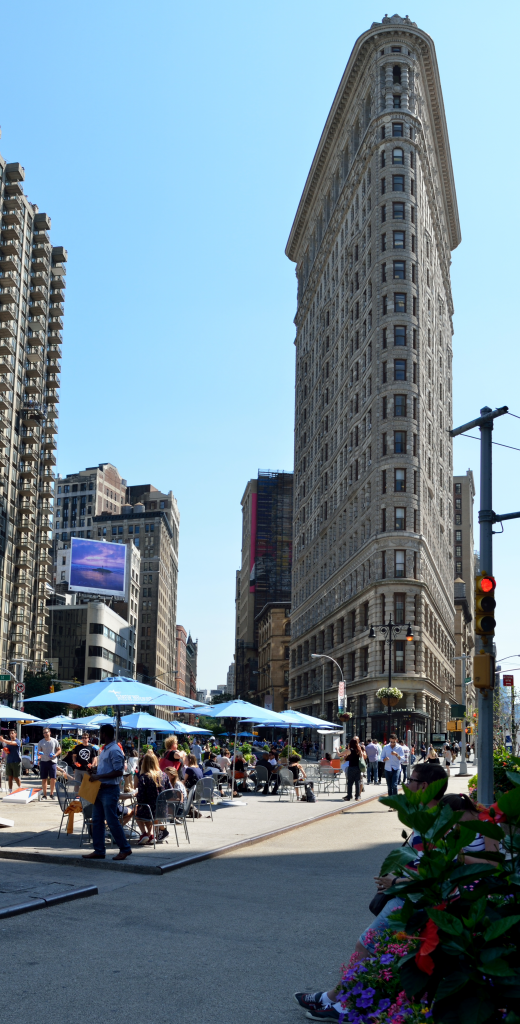
15) For my amusement, a collection of street signs …
I’ll be back.
Apparently San Antonio is nice.
If I can afford it …
On becoming an #ISTE Emerging Leader, Class of 2015
For many years, I had a dream … a dream that I would one day find a school where I would have the freedom to learn, grow, and innovate with ICT.
At the beginning of the 2014 school year, overwhelmed by the demands of (an overly ambitious) postgraduate study workload, and the terrible impact of WA Government funding cuts on my casual teaching income, I was once again starting to question my future in the teaching profession. I felt like I was standing at the crossroads – again.
Then, after practically giving up my search for a school which valued my ICT and global education expertise, I found one … by accident. As I returned for the 2015 school year, in a new ICT integration/coaching role, I applied for the Apple Distinguished Educator program, and several International Society for Technology Education Awards, showcasing my work at school & with The Global Classroom Project.
While I was bitterly disappointed with the outcome of the ADE application process, I was delighted when the The Global Classroom Project came Runner Up in the ISTE Innovation in Global Collaboration PLN Award, and then shocked and humbled to hear that I would be officially named an ISTE Emerging Leader, Class of 2015. This award is presented to educators 35 years or younger who transform education through the visionary use of technology.
https://www.youtube.com/watch?v=RB5z9MWH0QE
A testament to the power of the PLN
As an Emerging Leader, I am the only the fifth Australian teacher, and first Western Australian, to be formally recognised by ISTE. This is an incredible gift; a personal and professional vindication in more ways than I could ever share publicly.
It is a true testament to the transformative power of my global PLN, without whom I would have left teaching a long time ago. Thank you to those who have believed in me, and provided support, guidance, and encouragement both publicly, and behind the scenes. I’d also like to sincerely thank the ISTE Young Educators PLN and the judging panel – I am very much looking forward to working with you in the years to come!
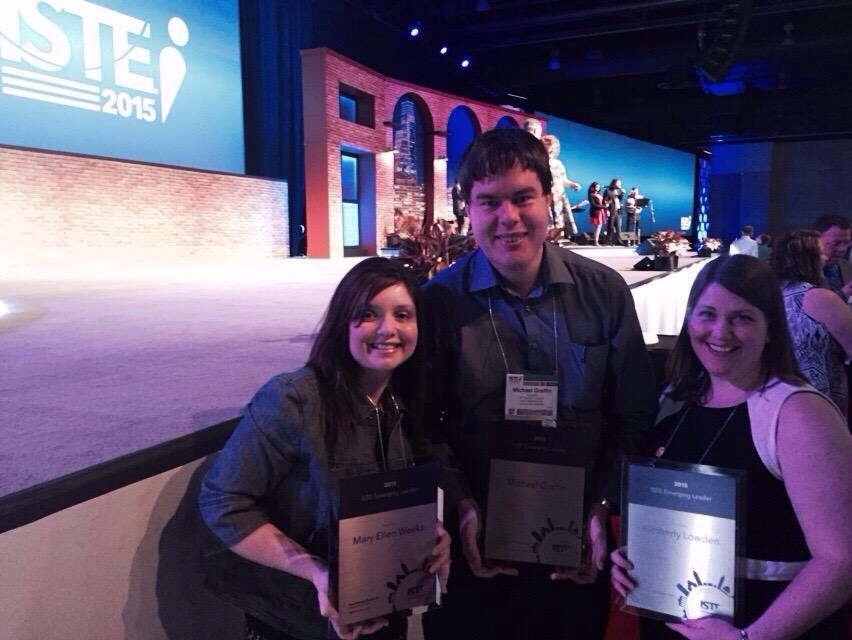
A special moment with my fellow Emerging Leaders Mary Ellen Weeks and Kimberley Lowden, both from the USA.

